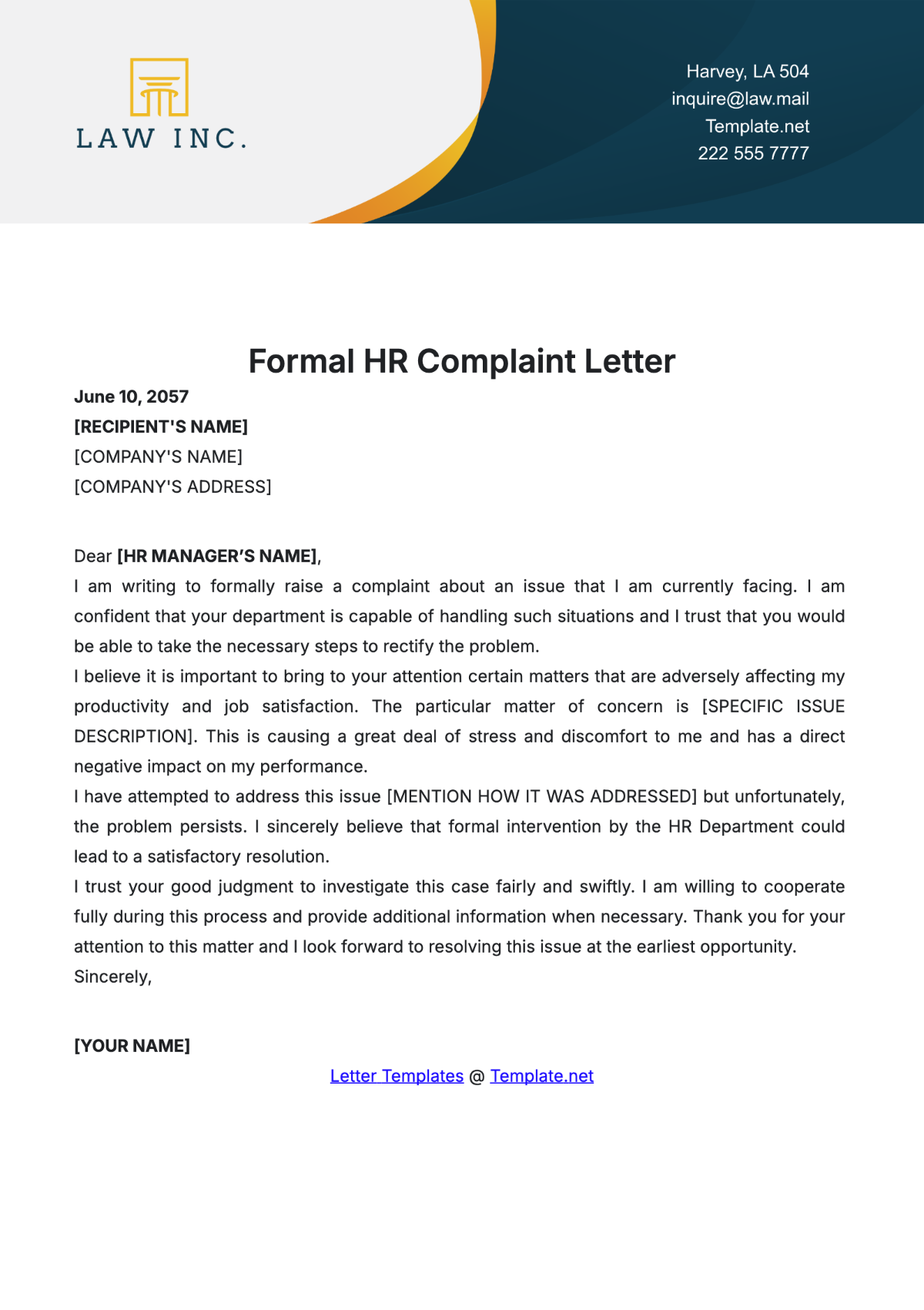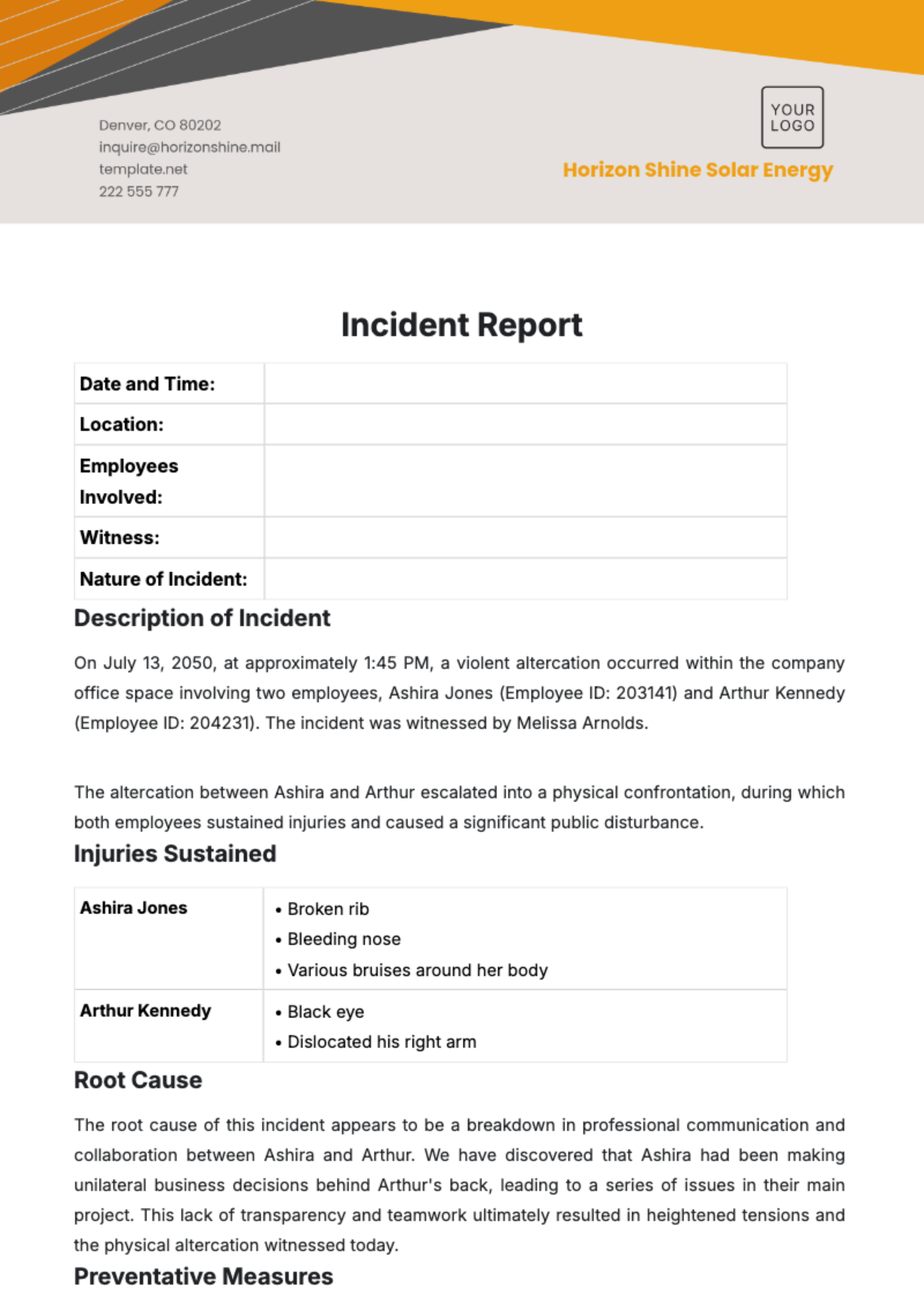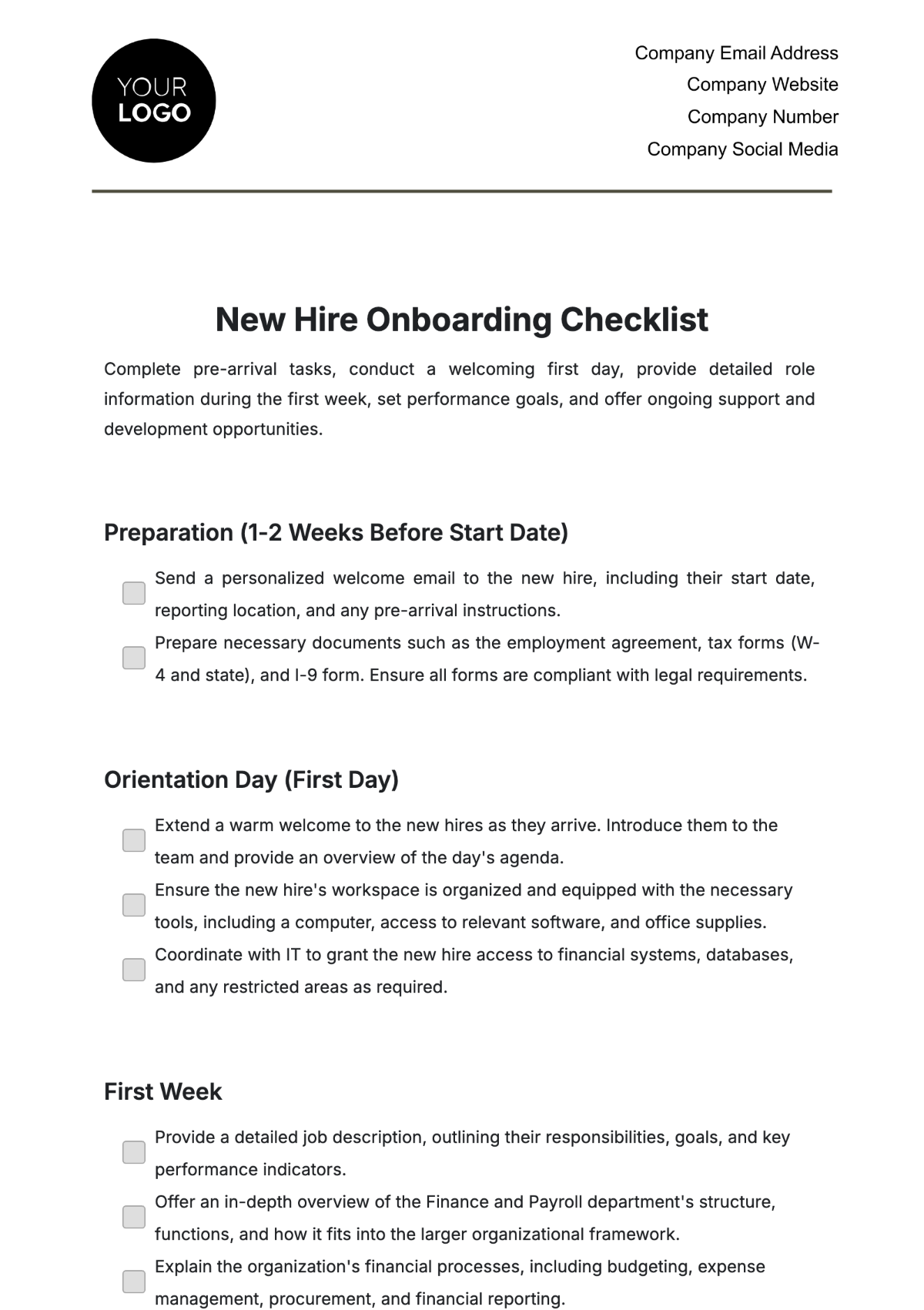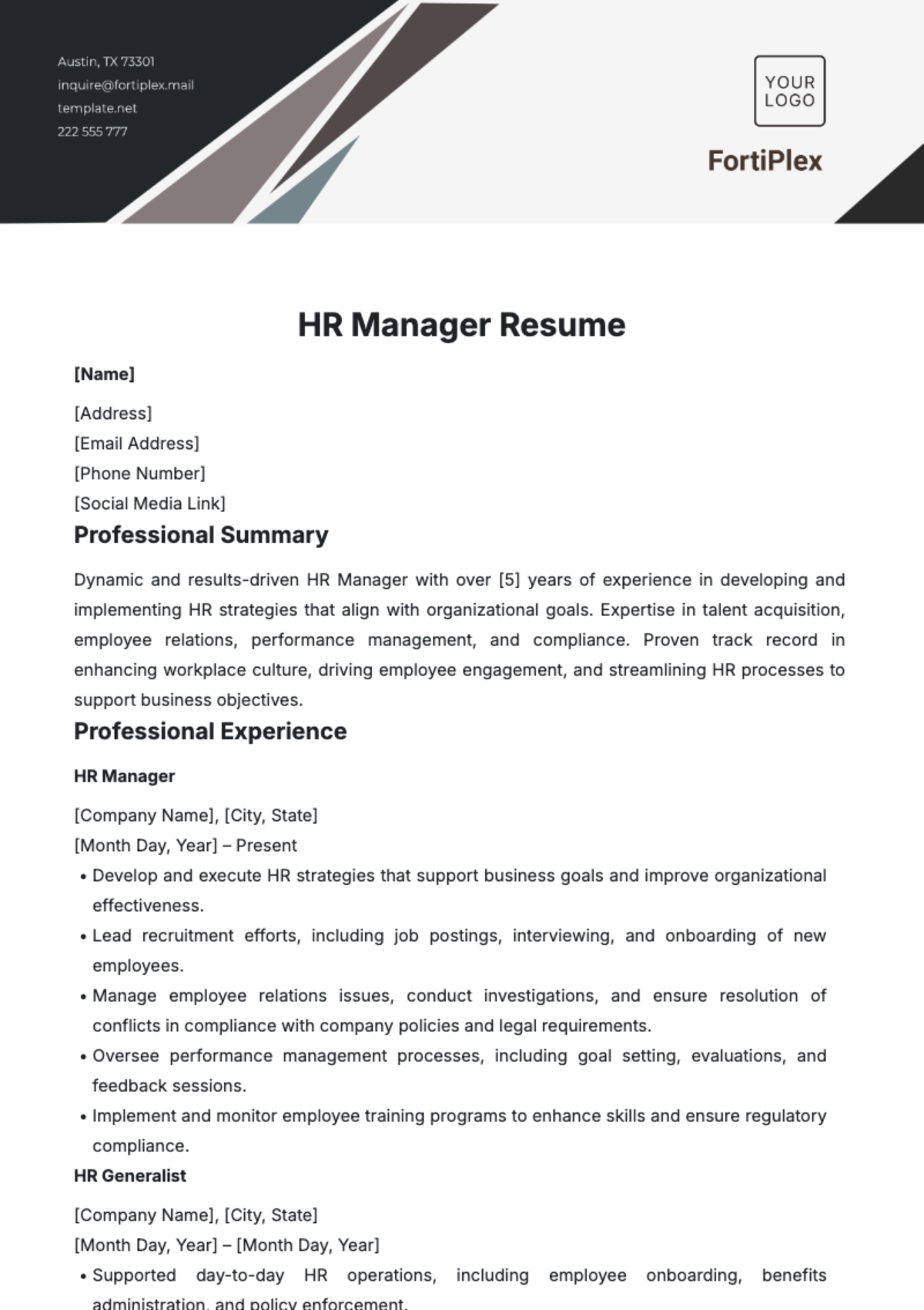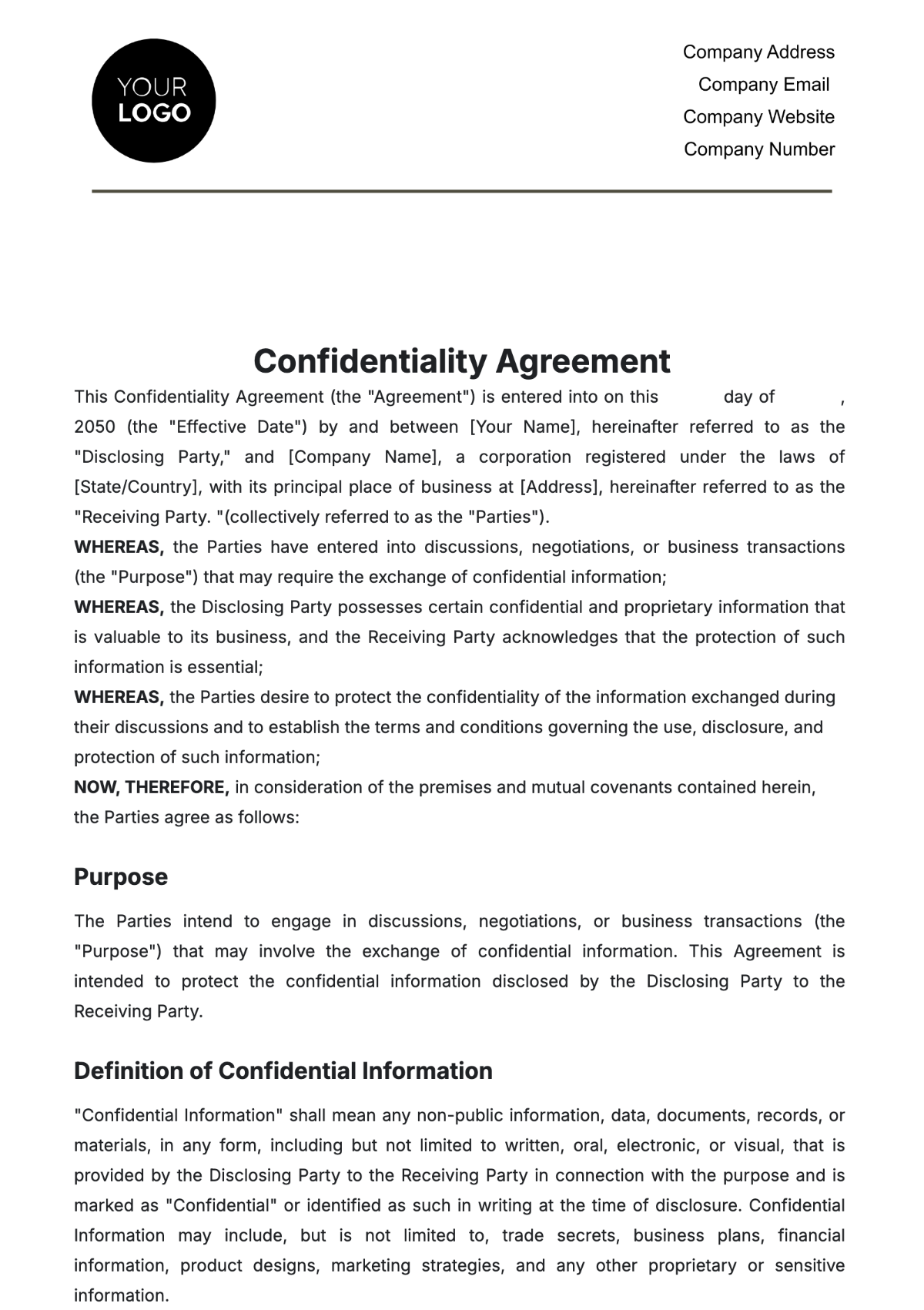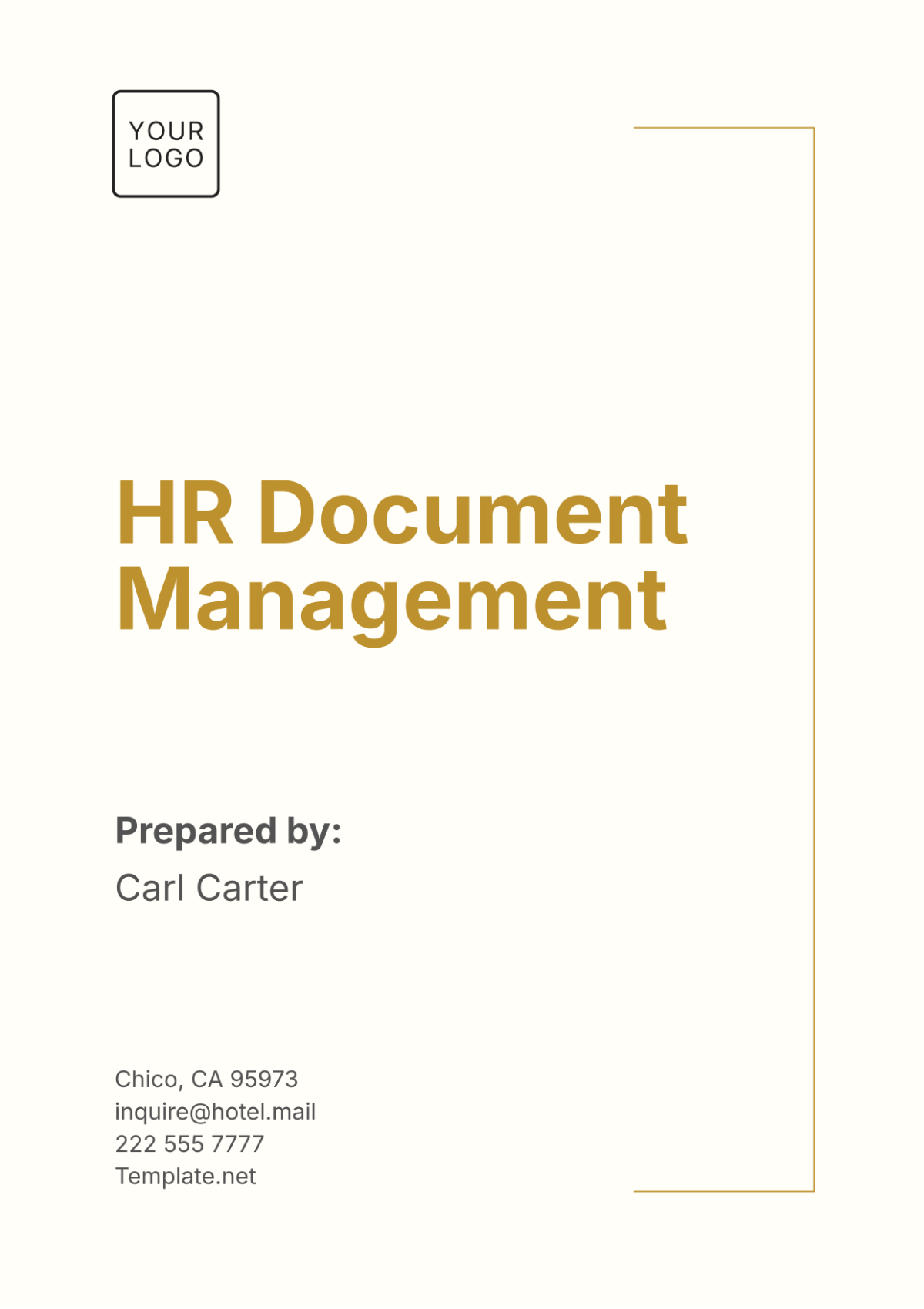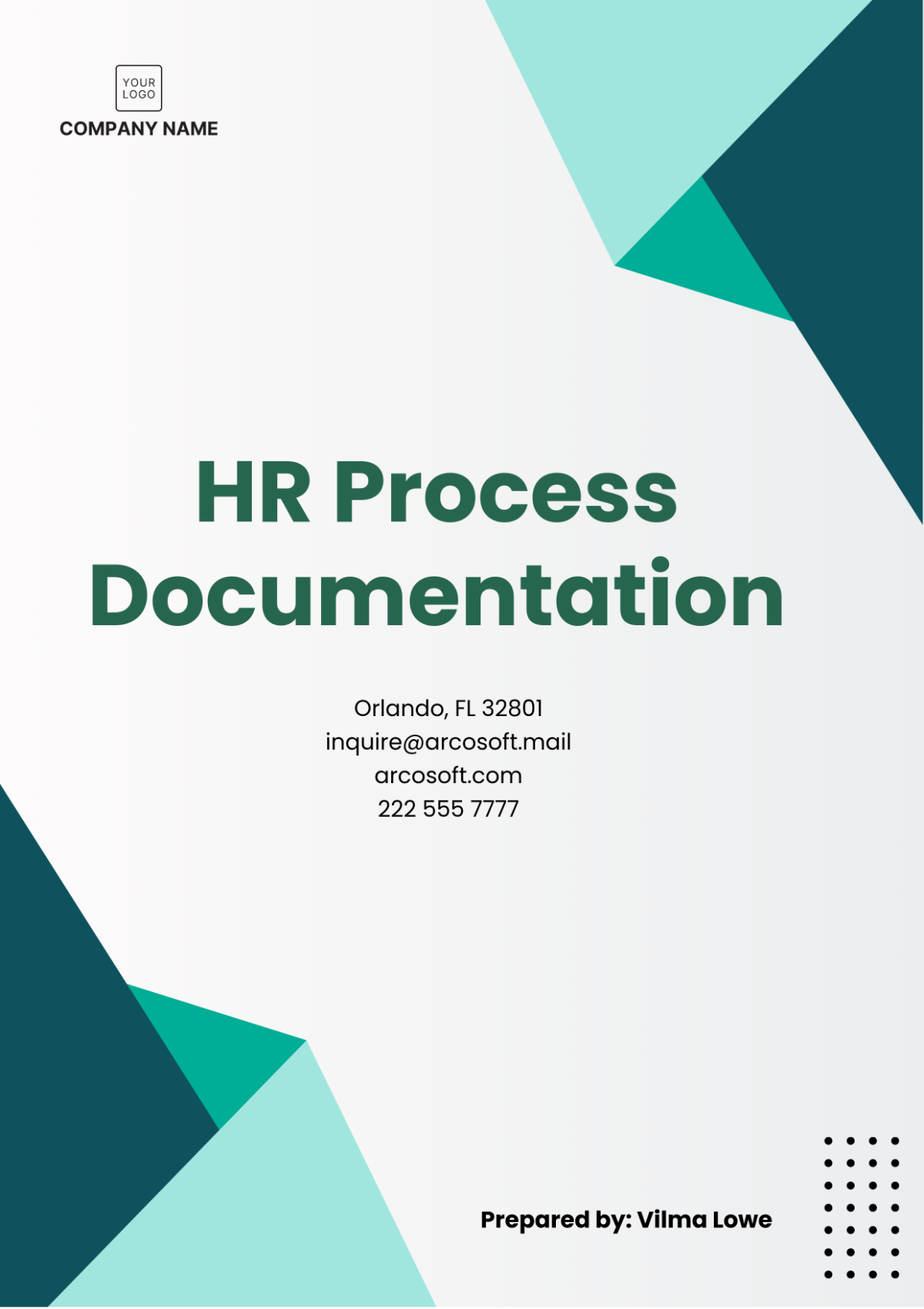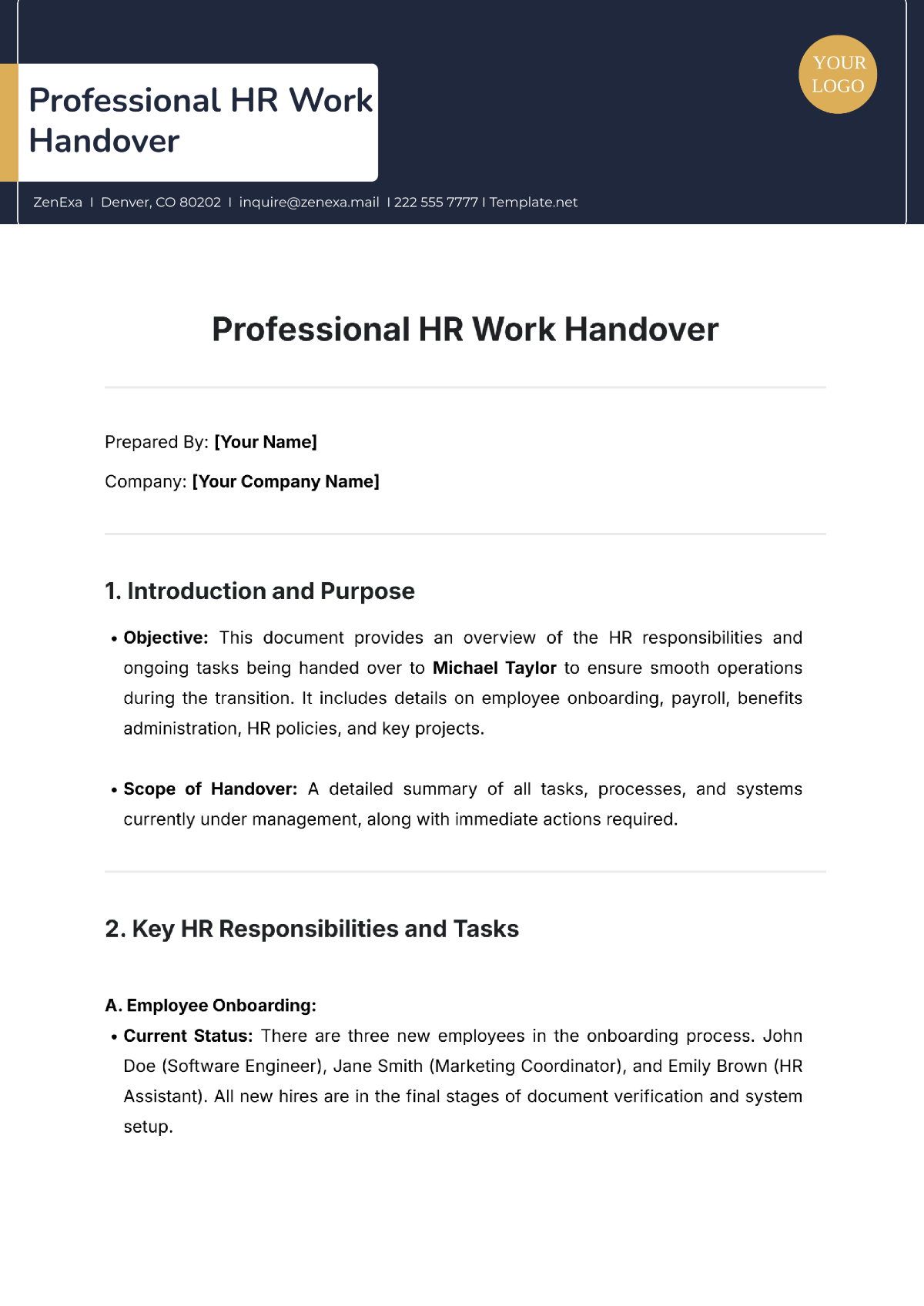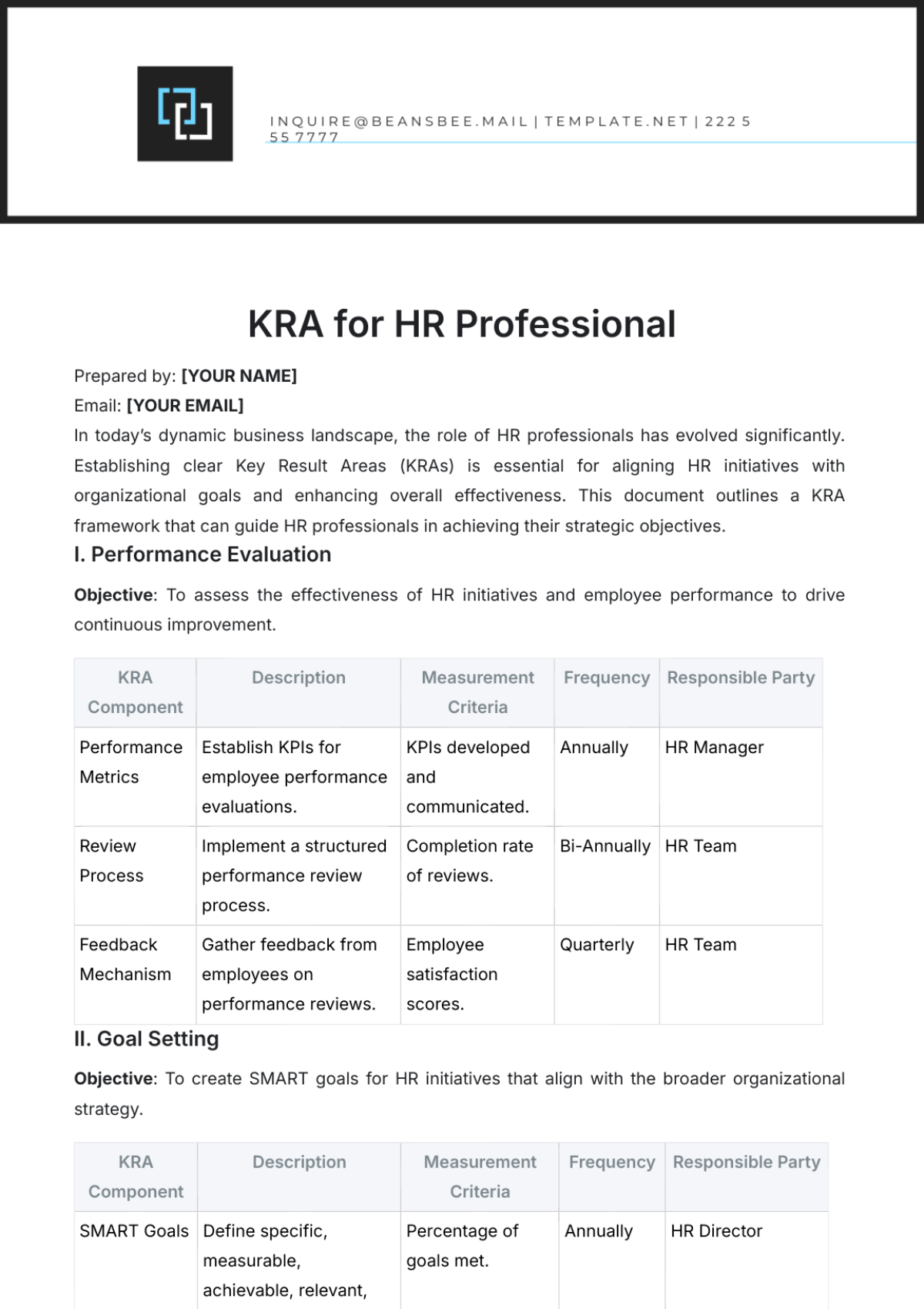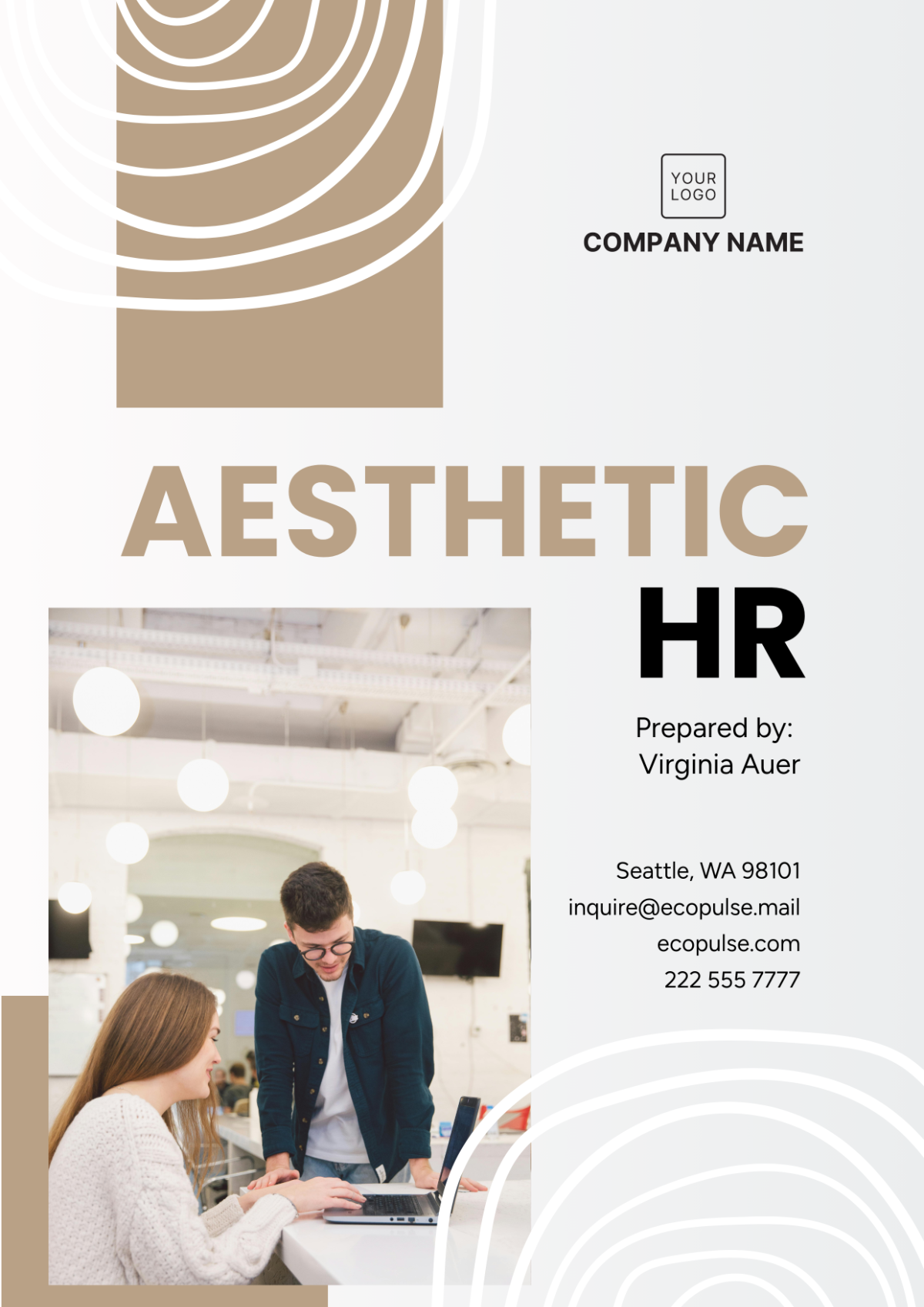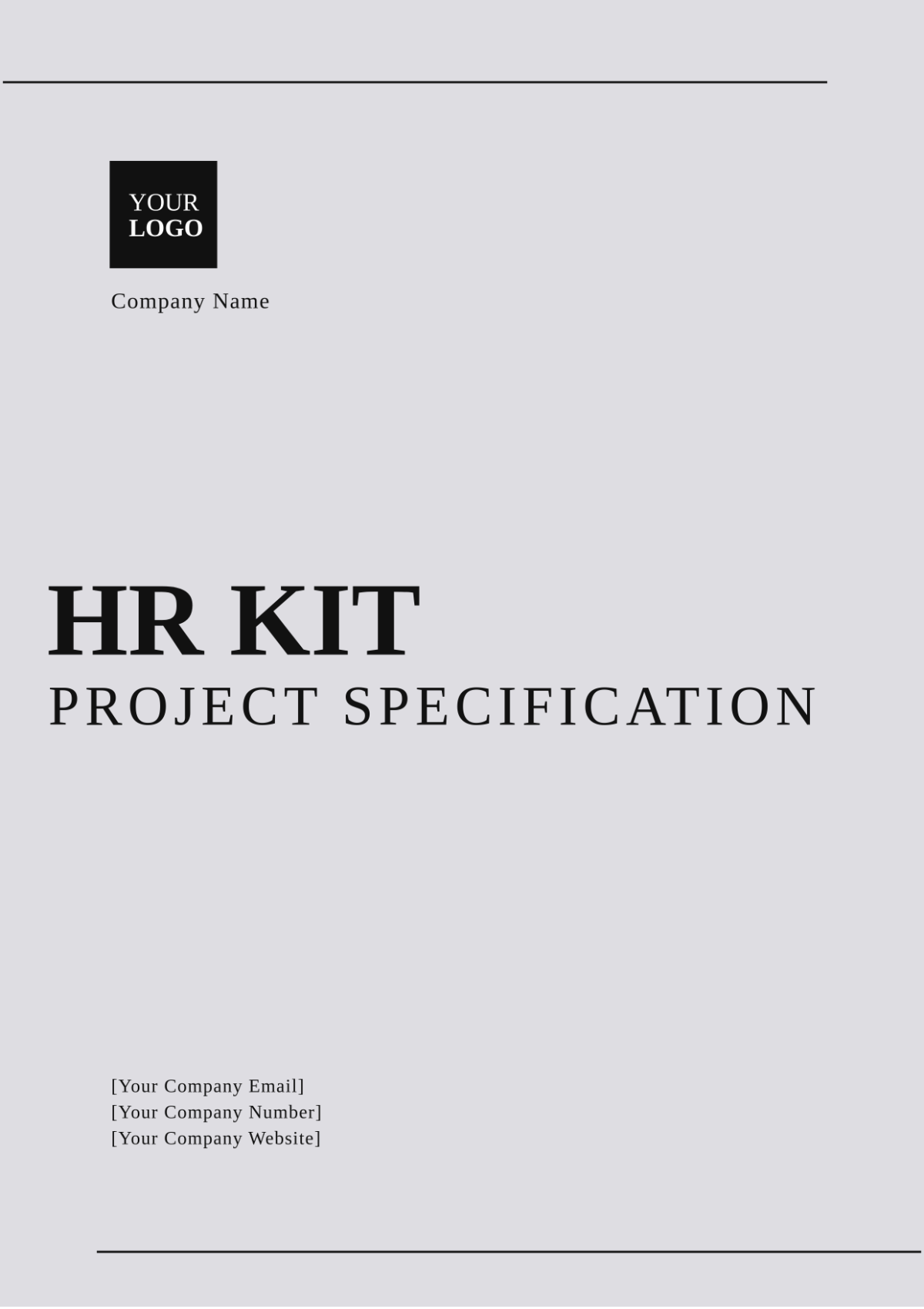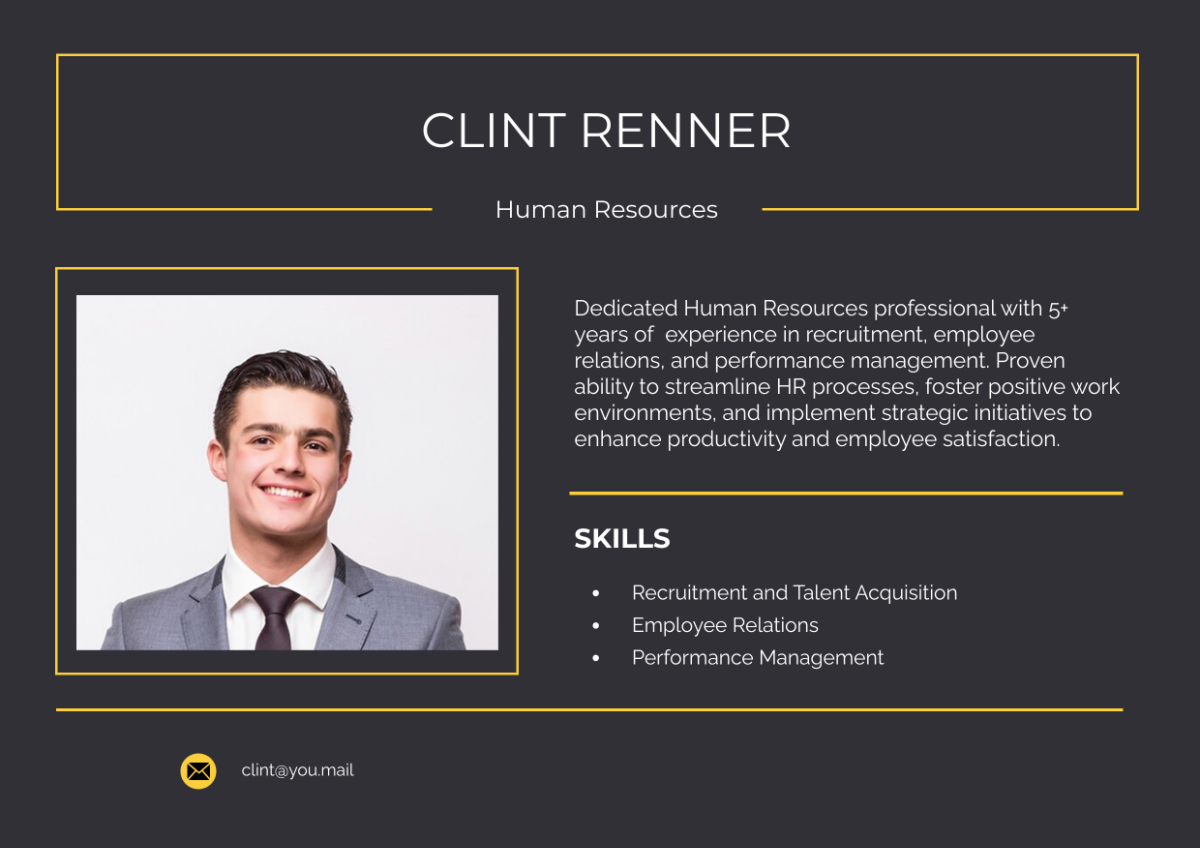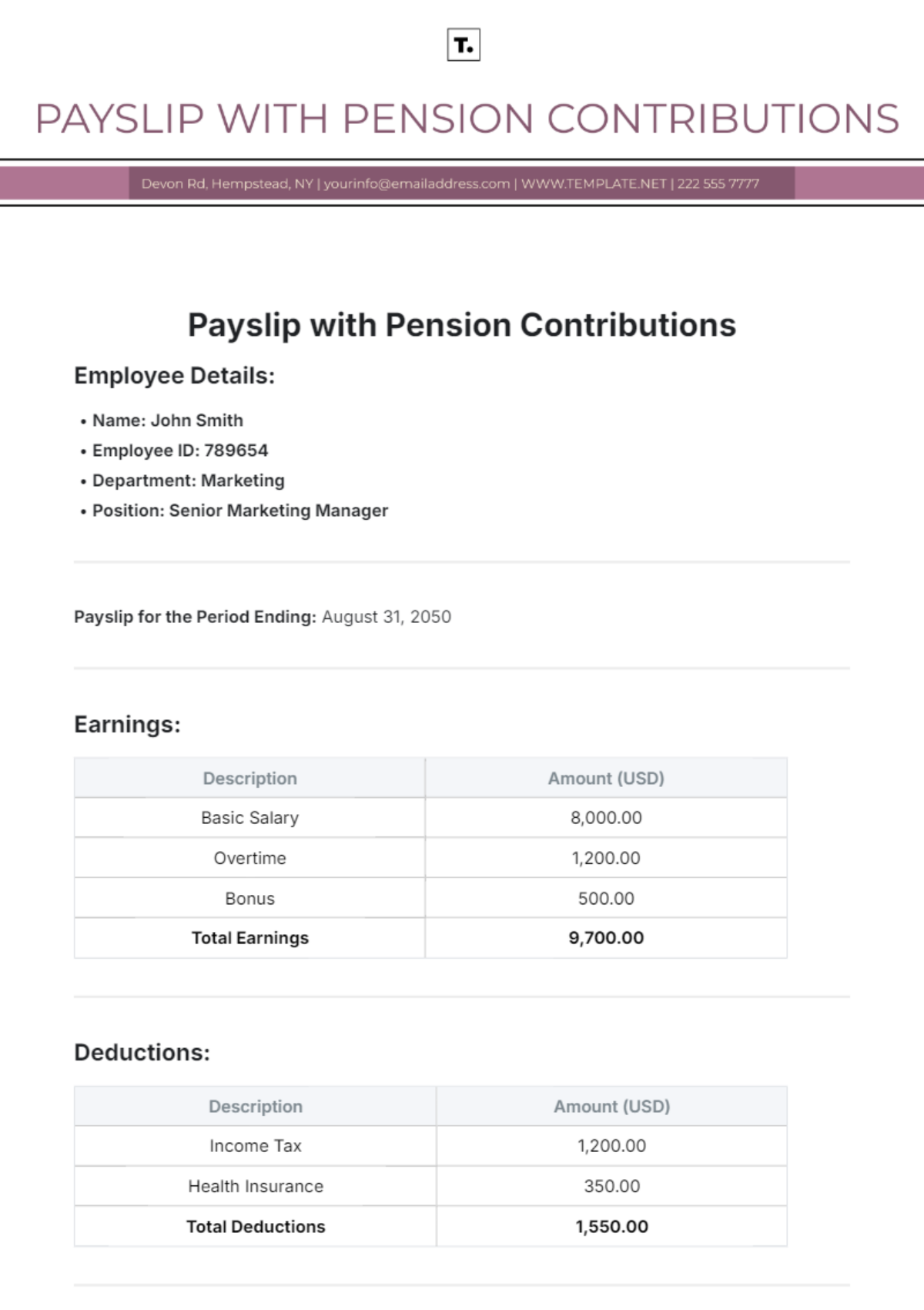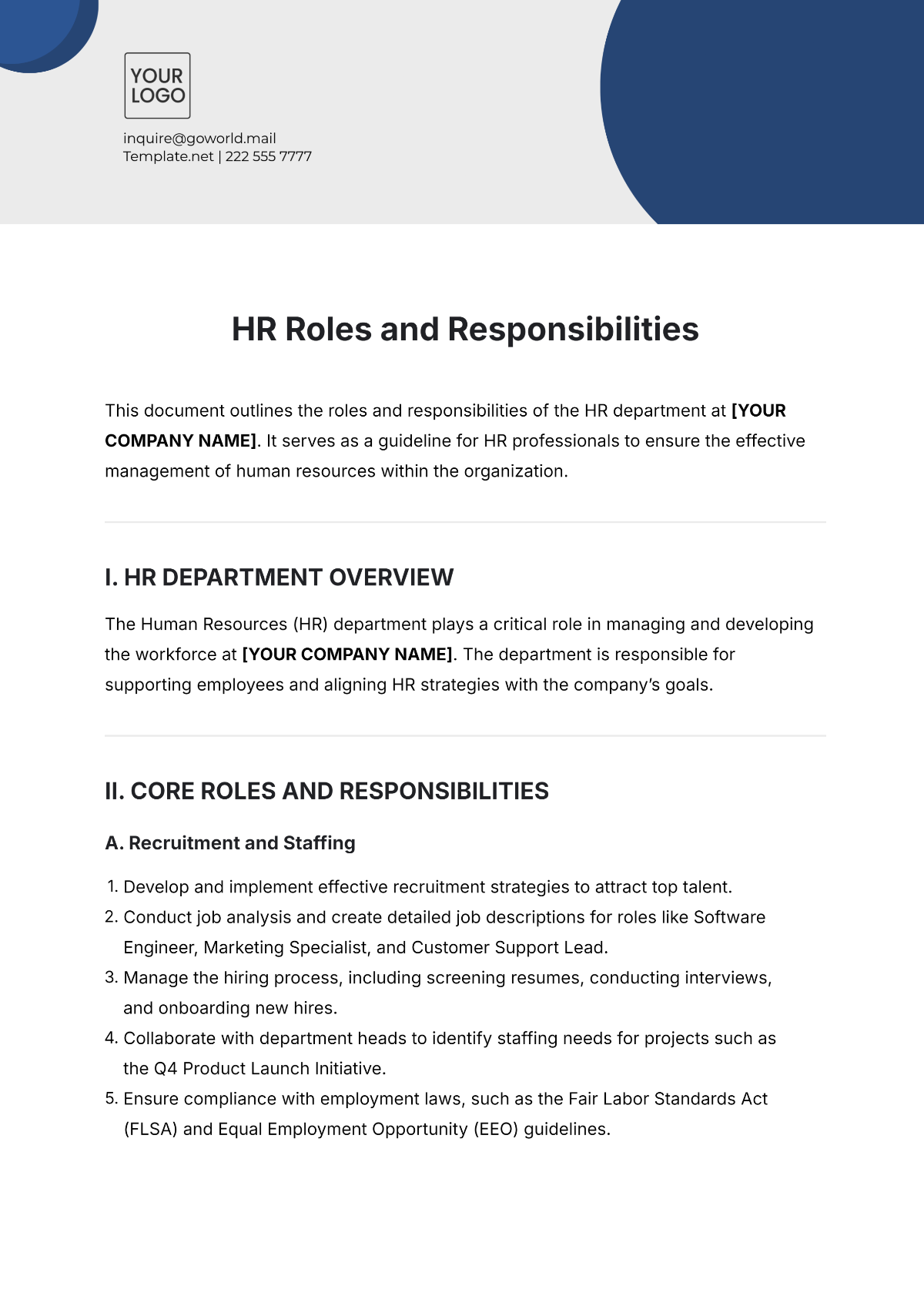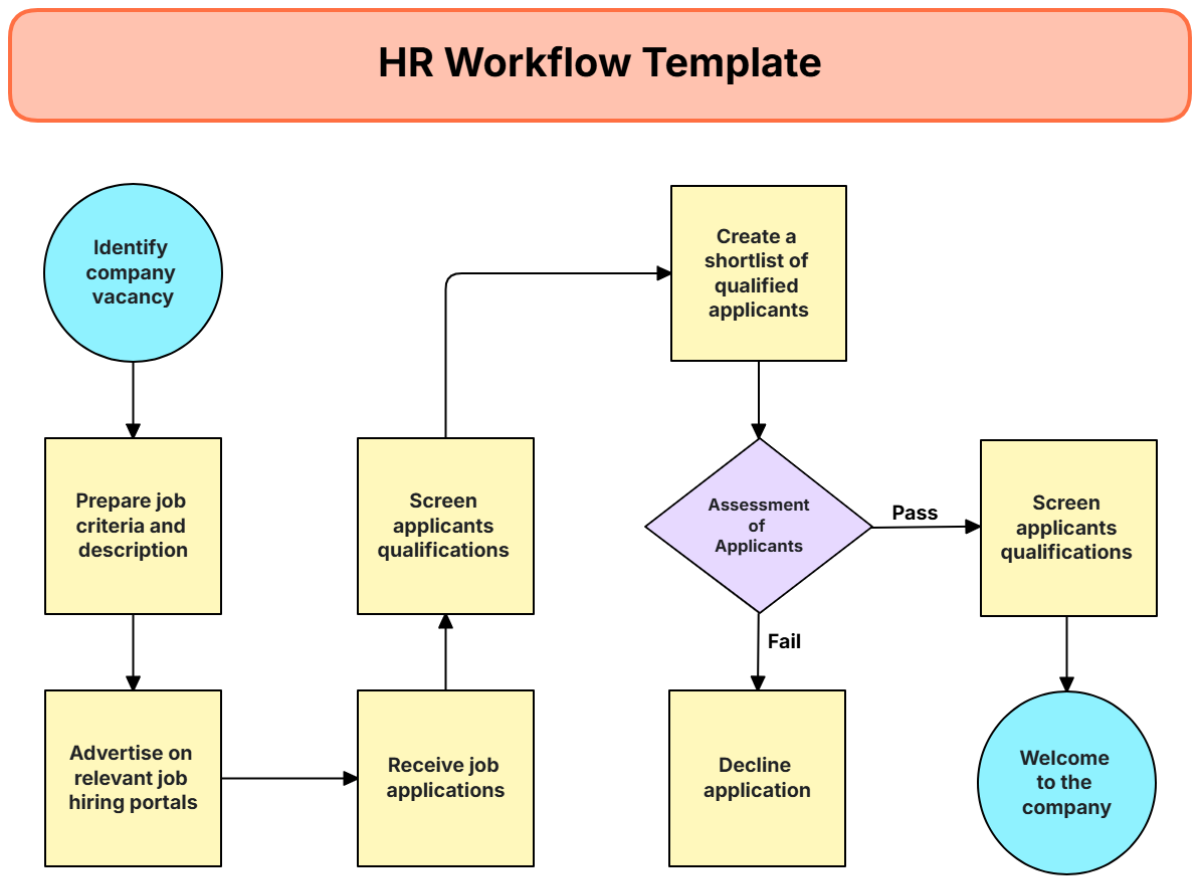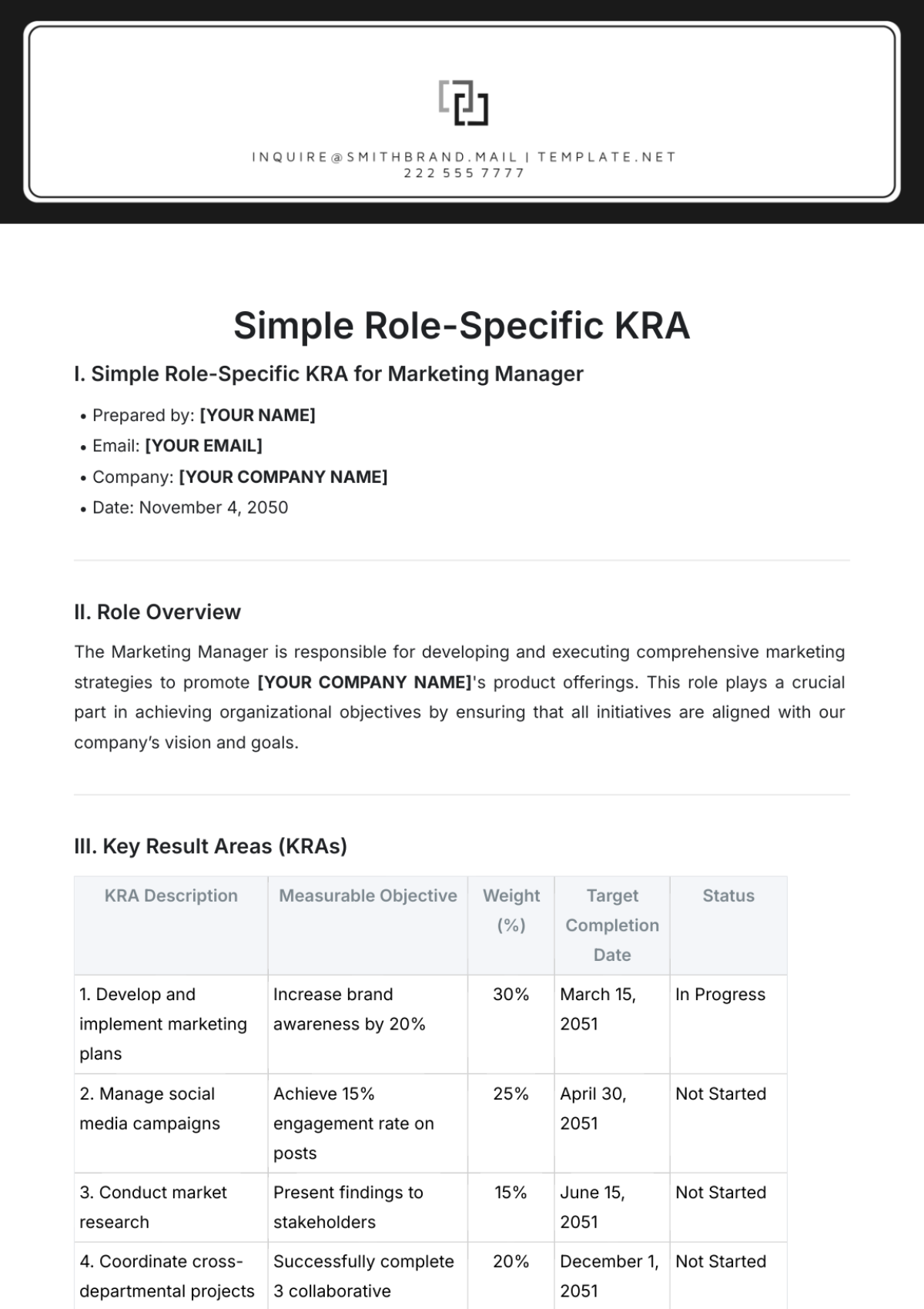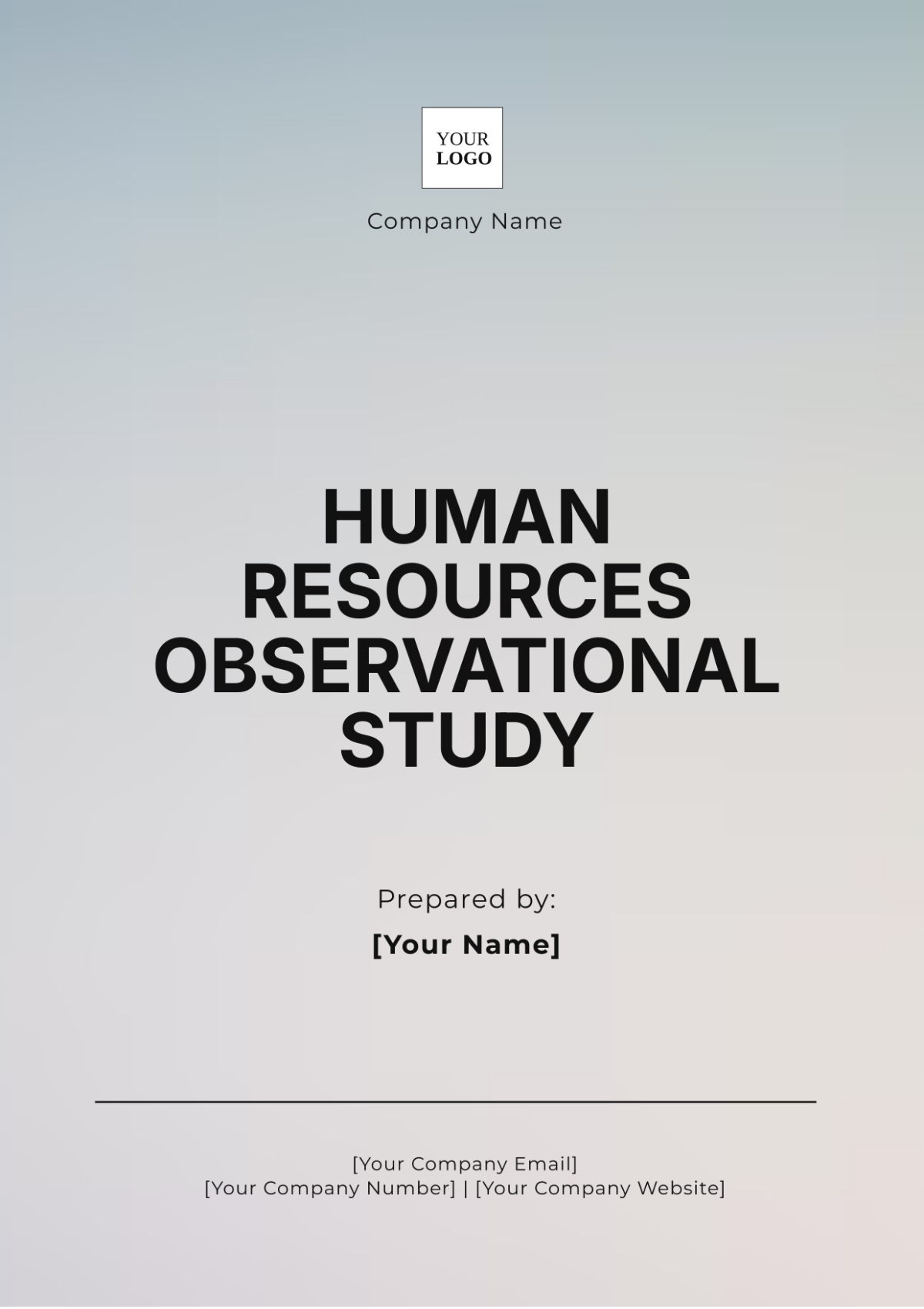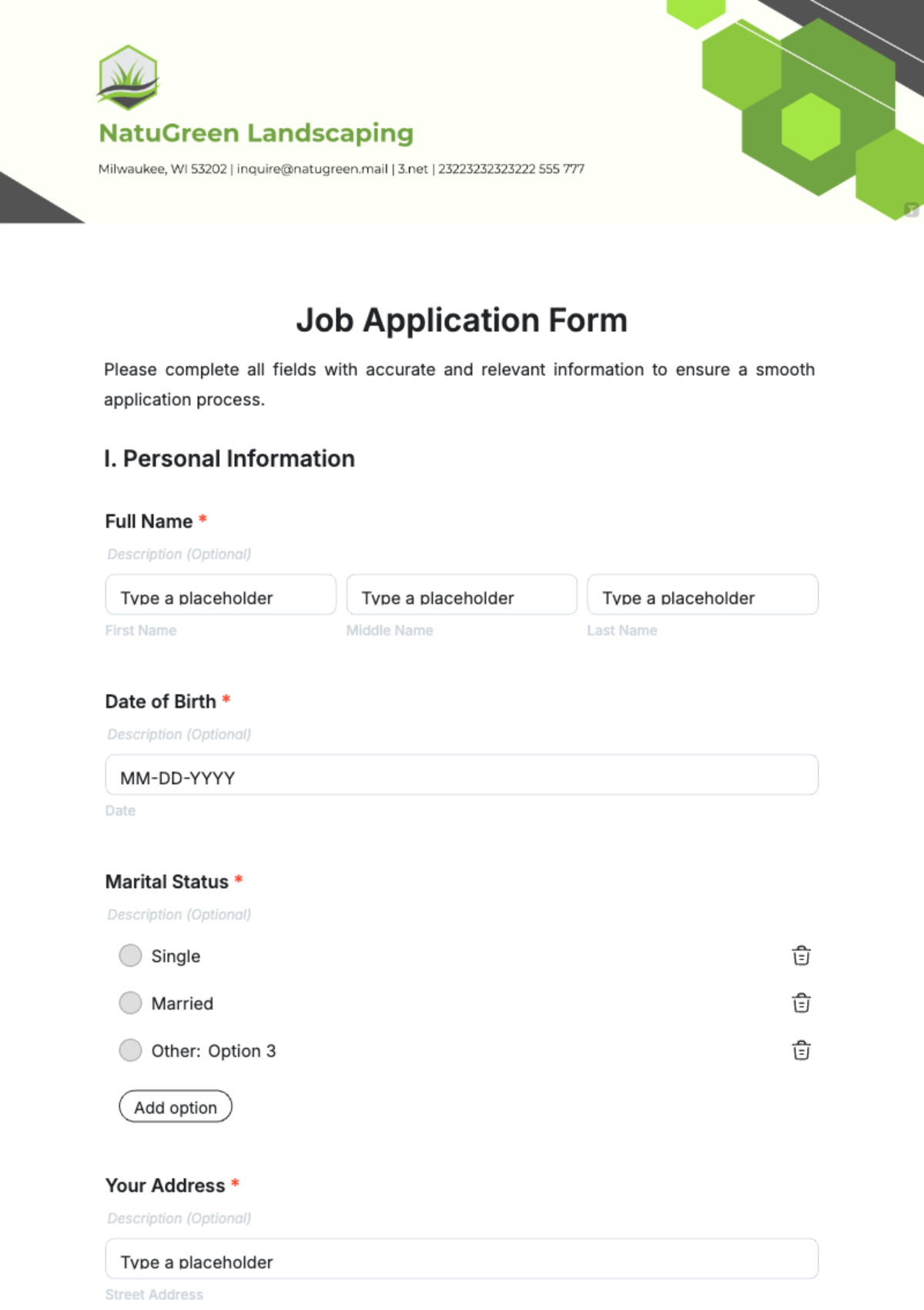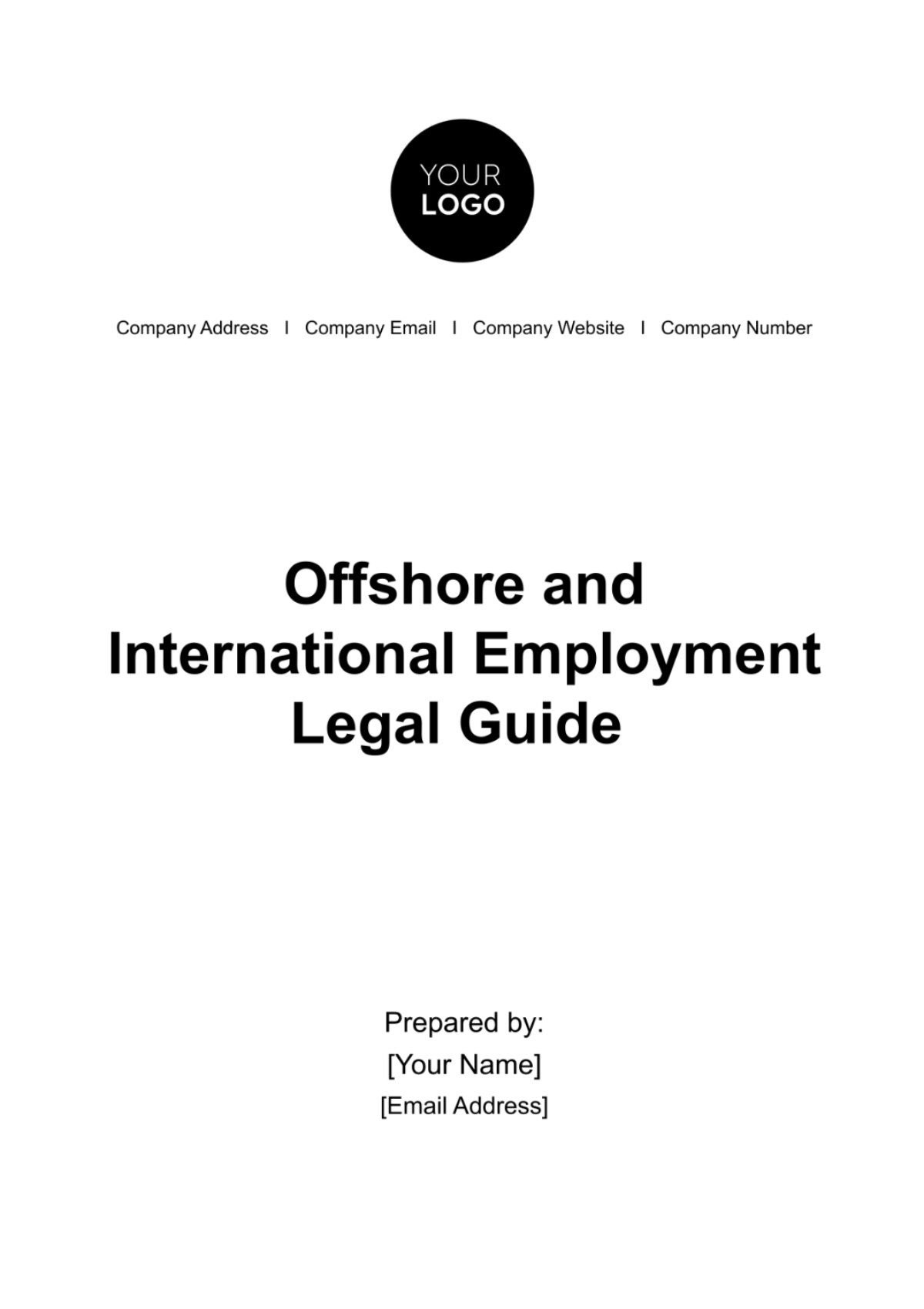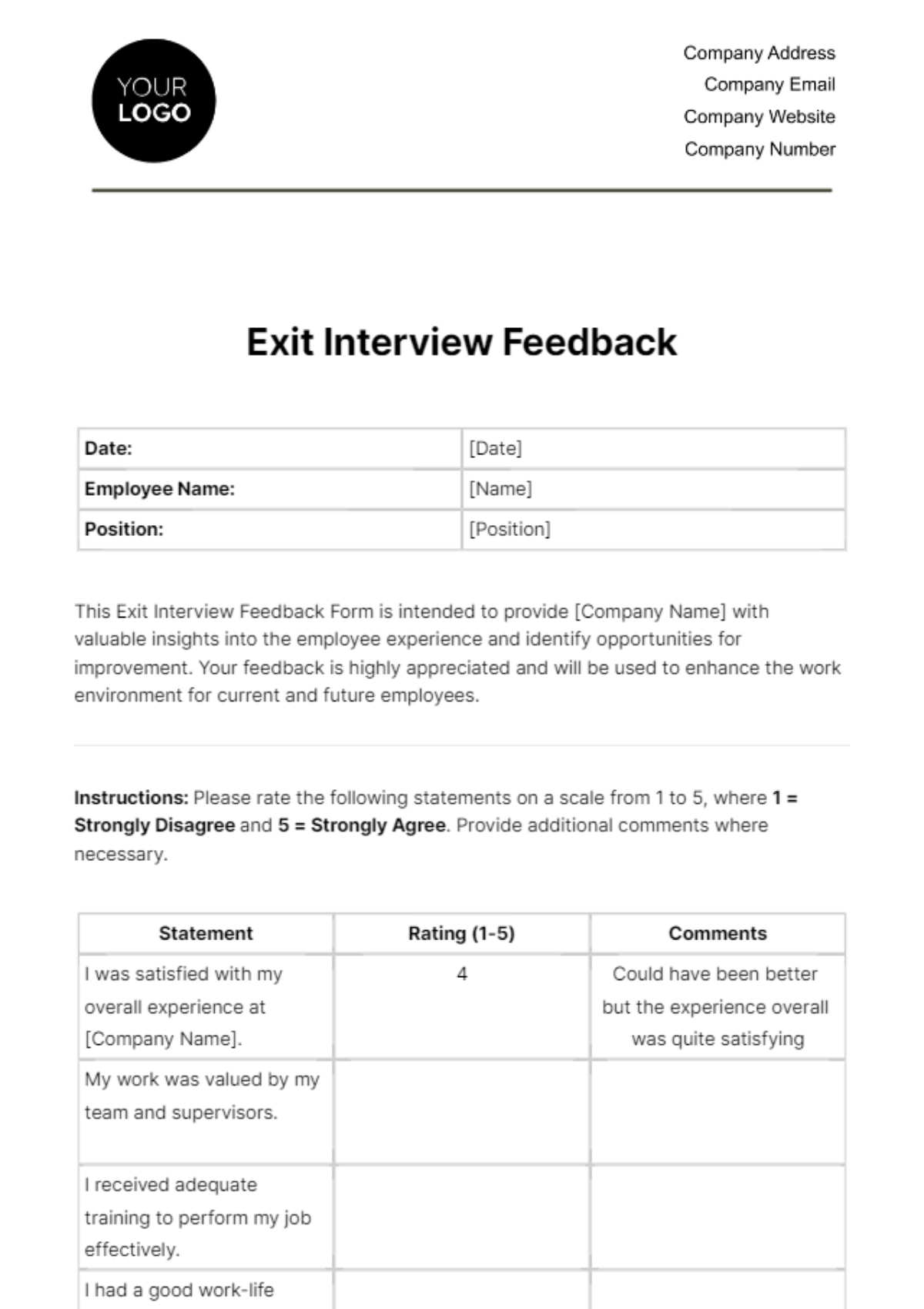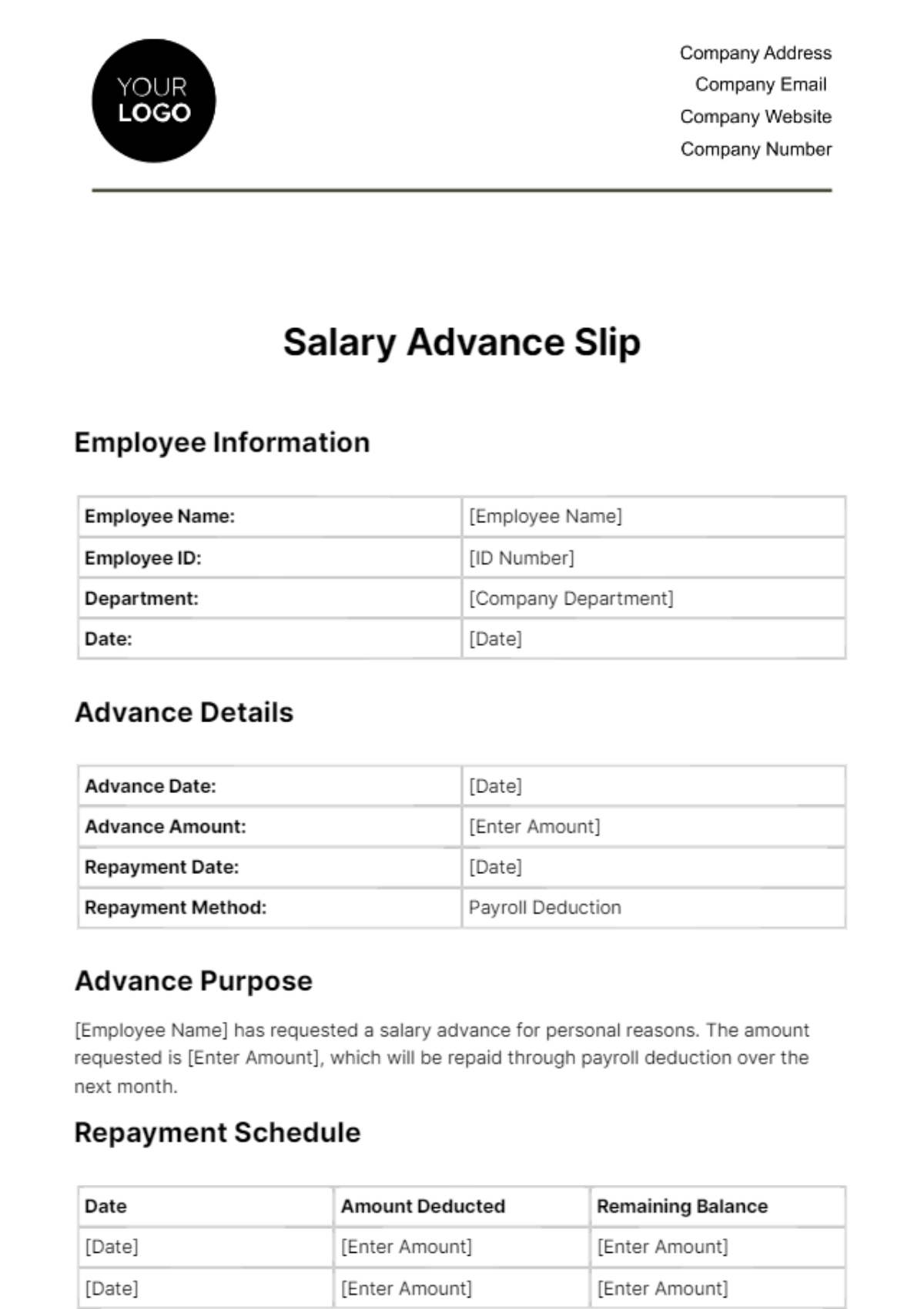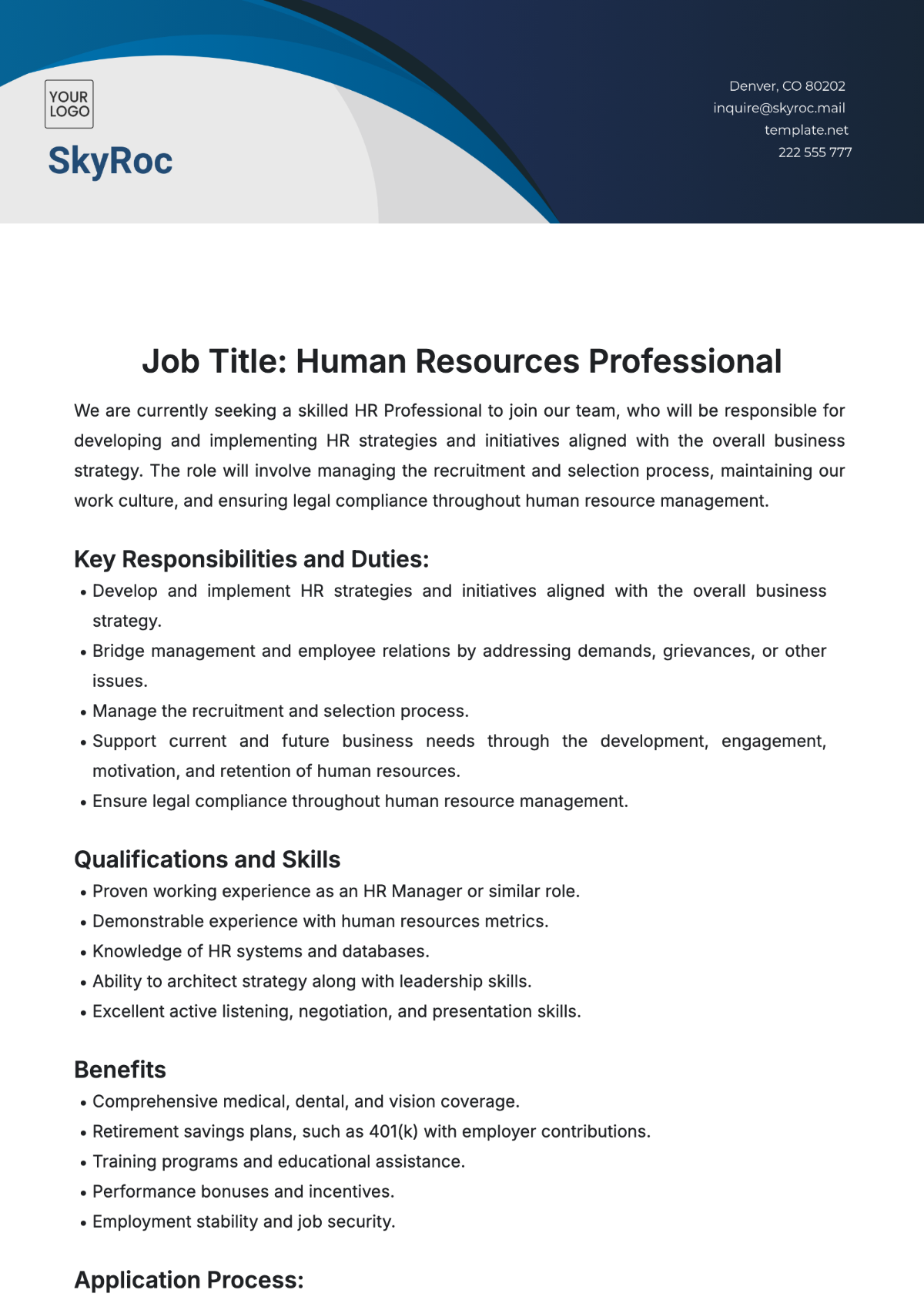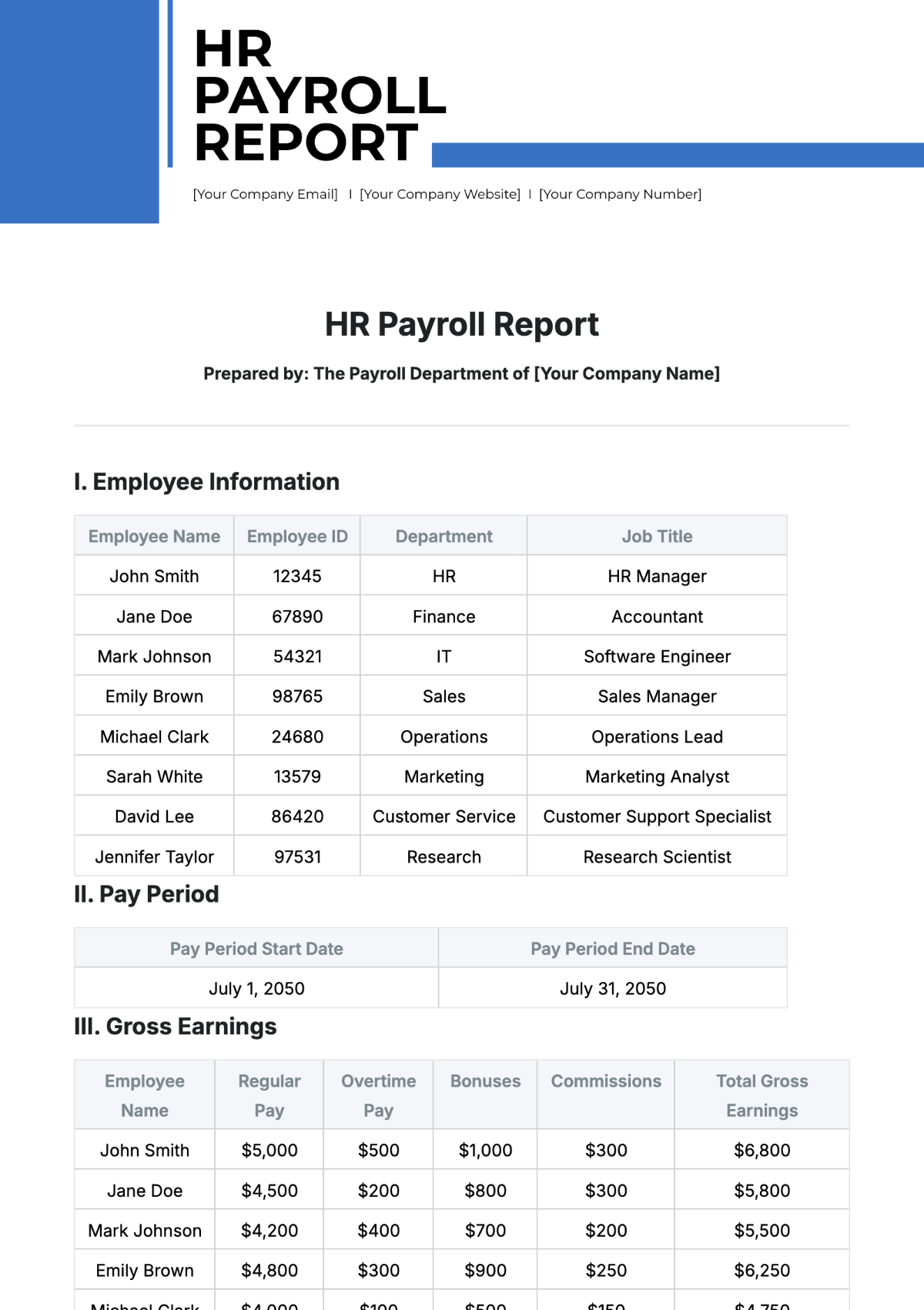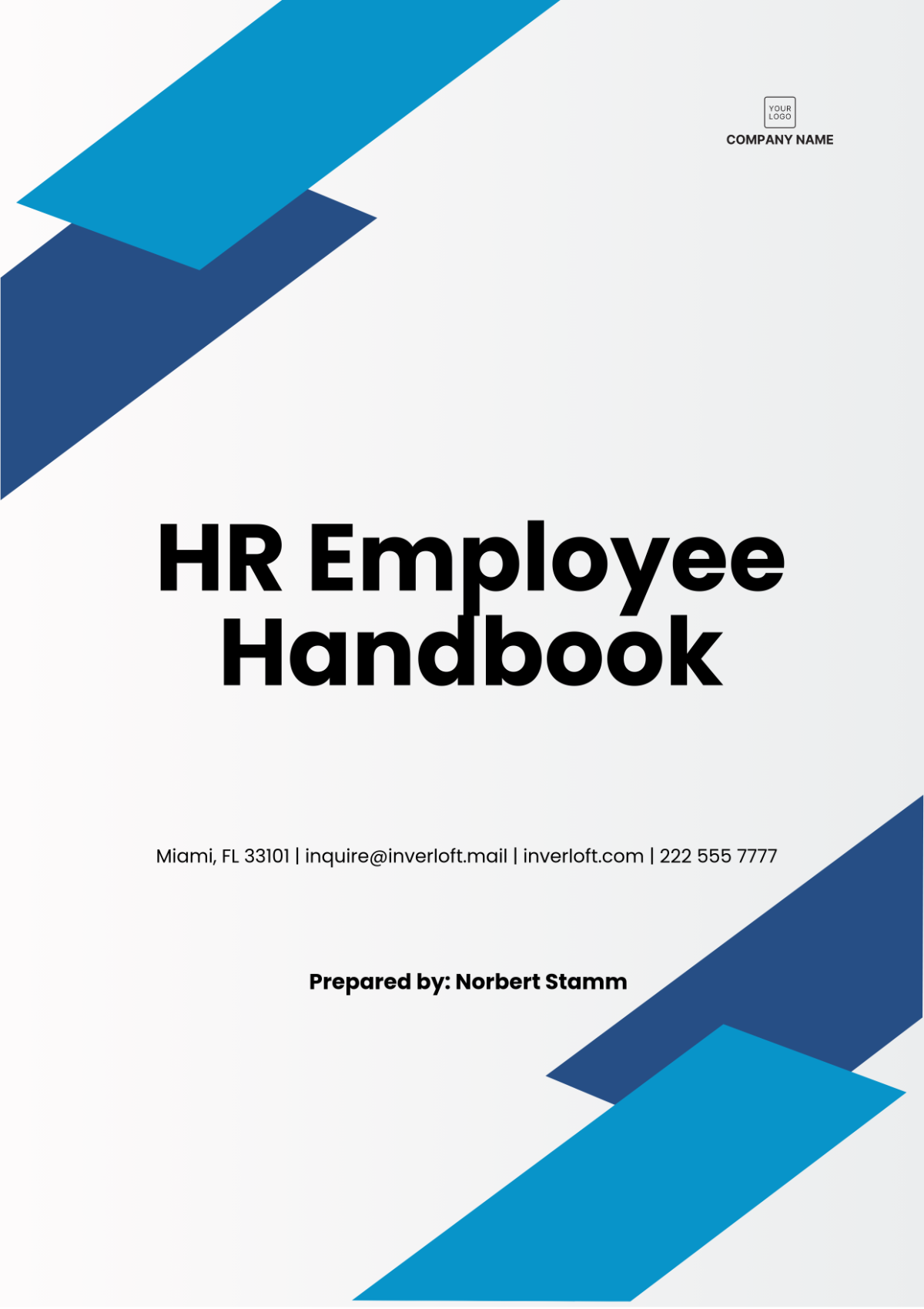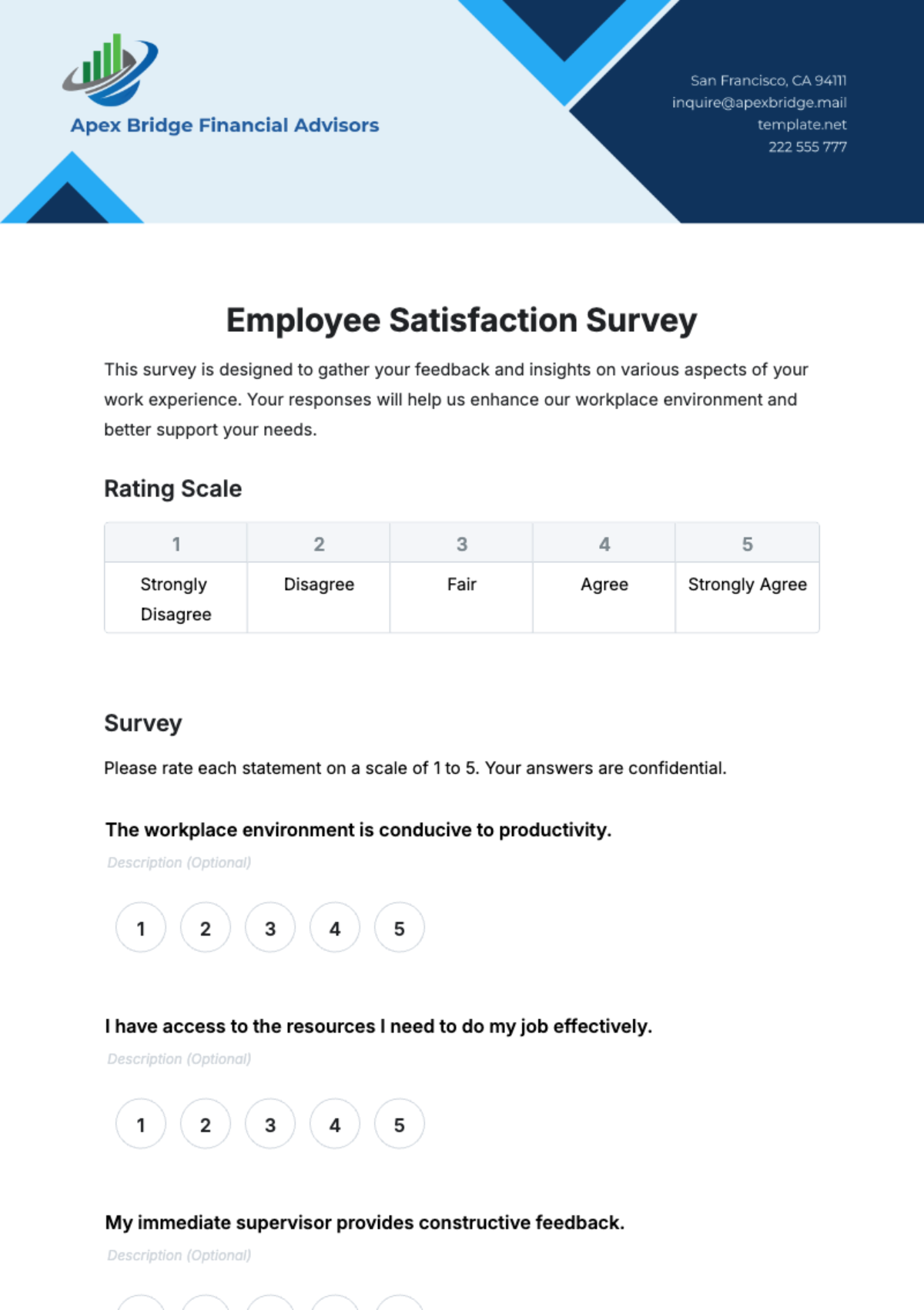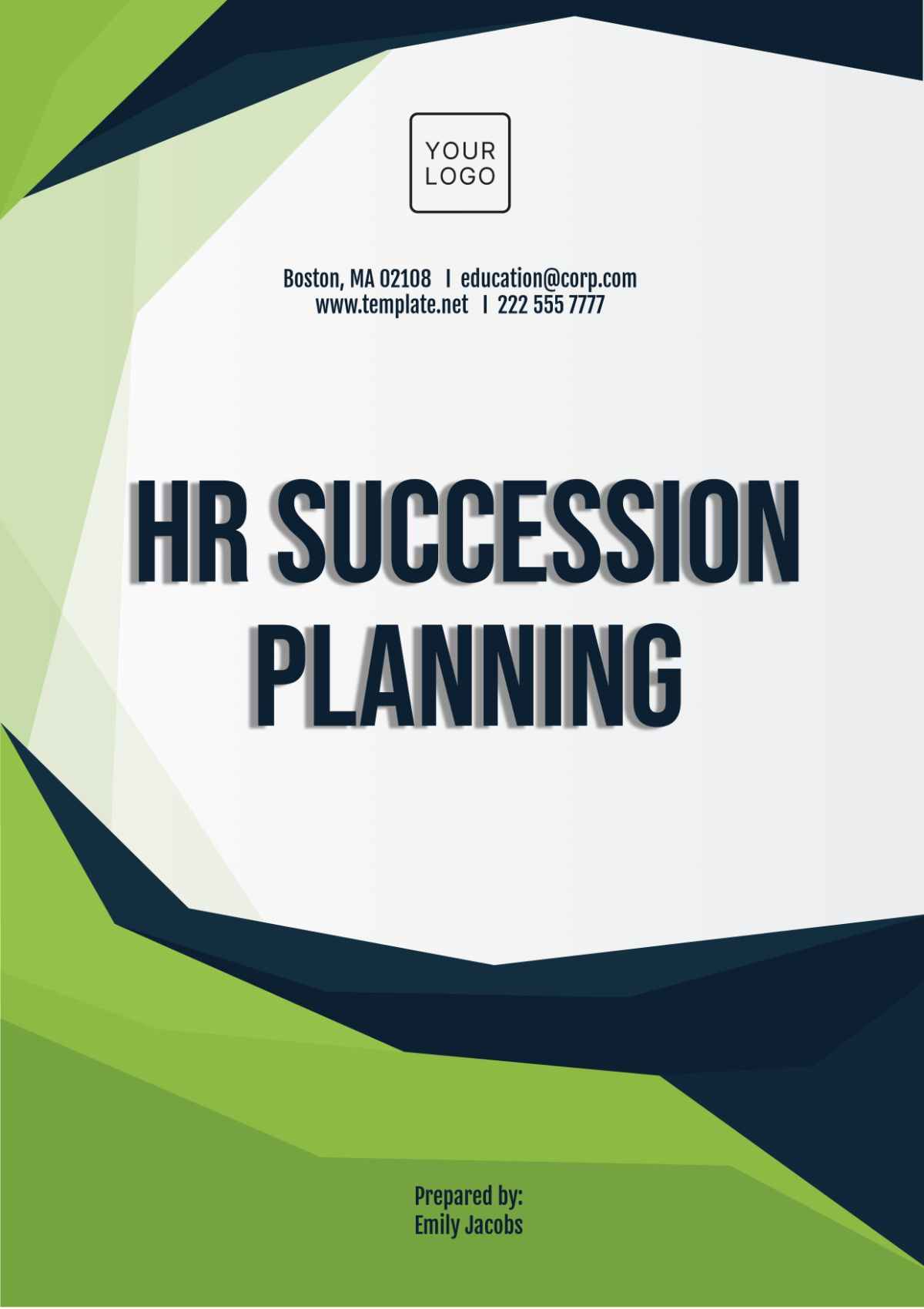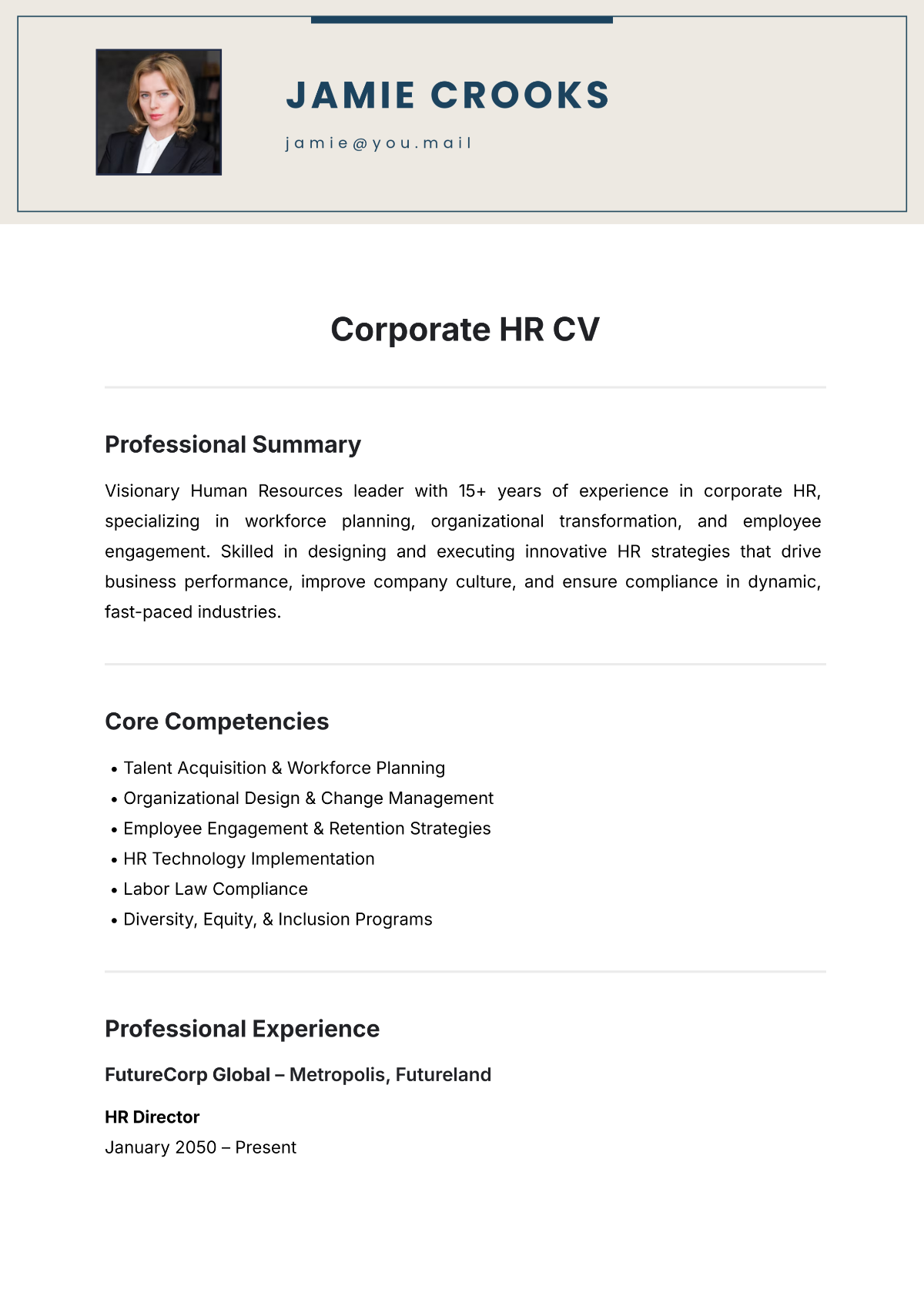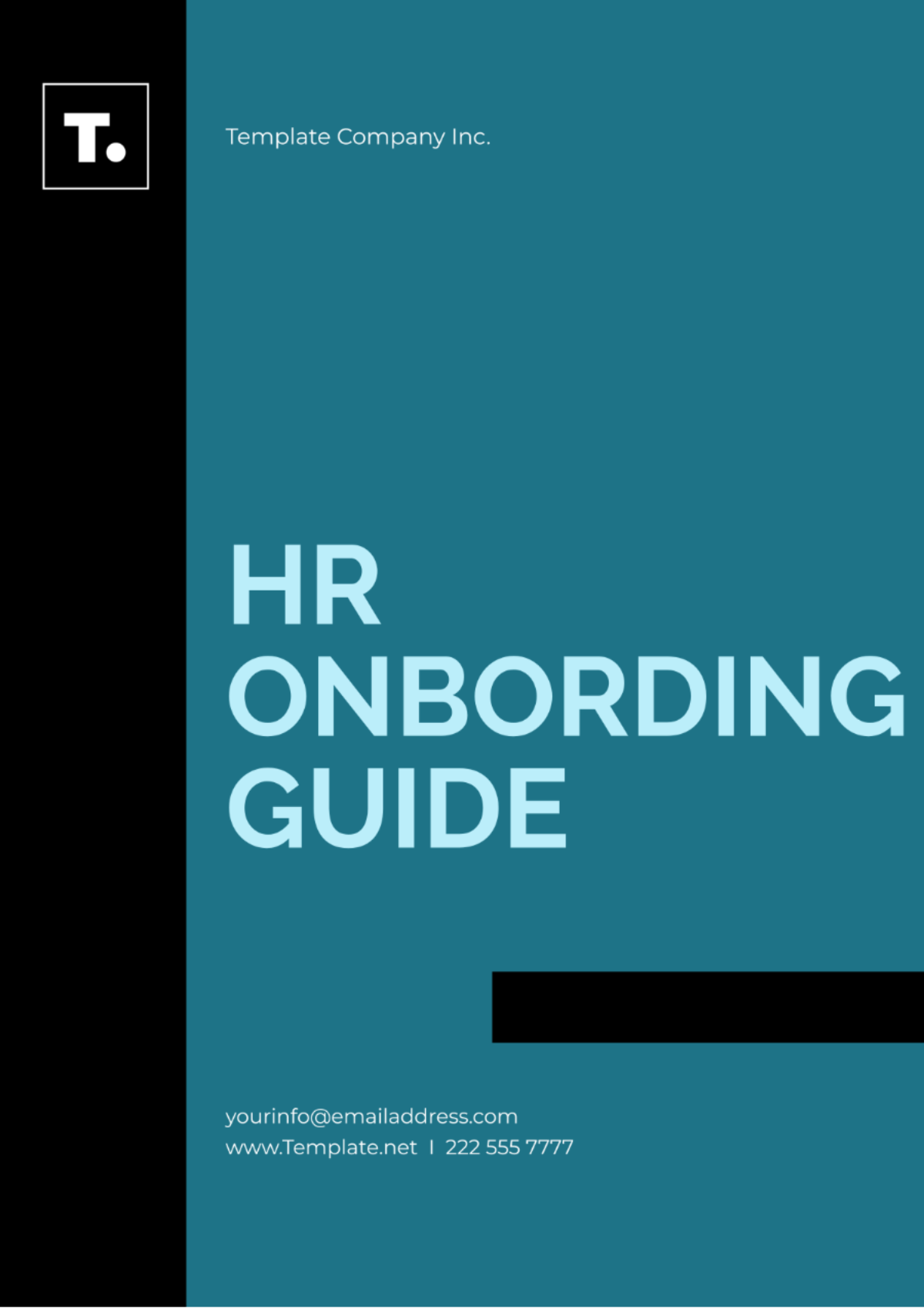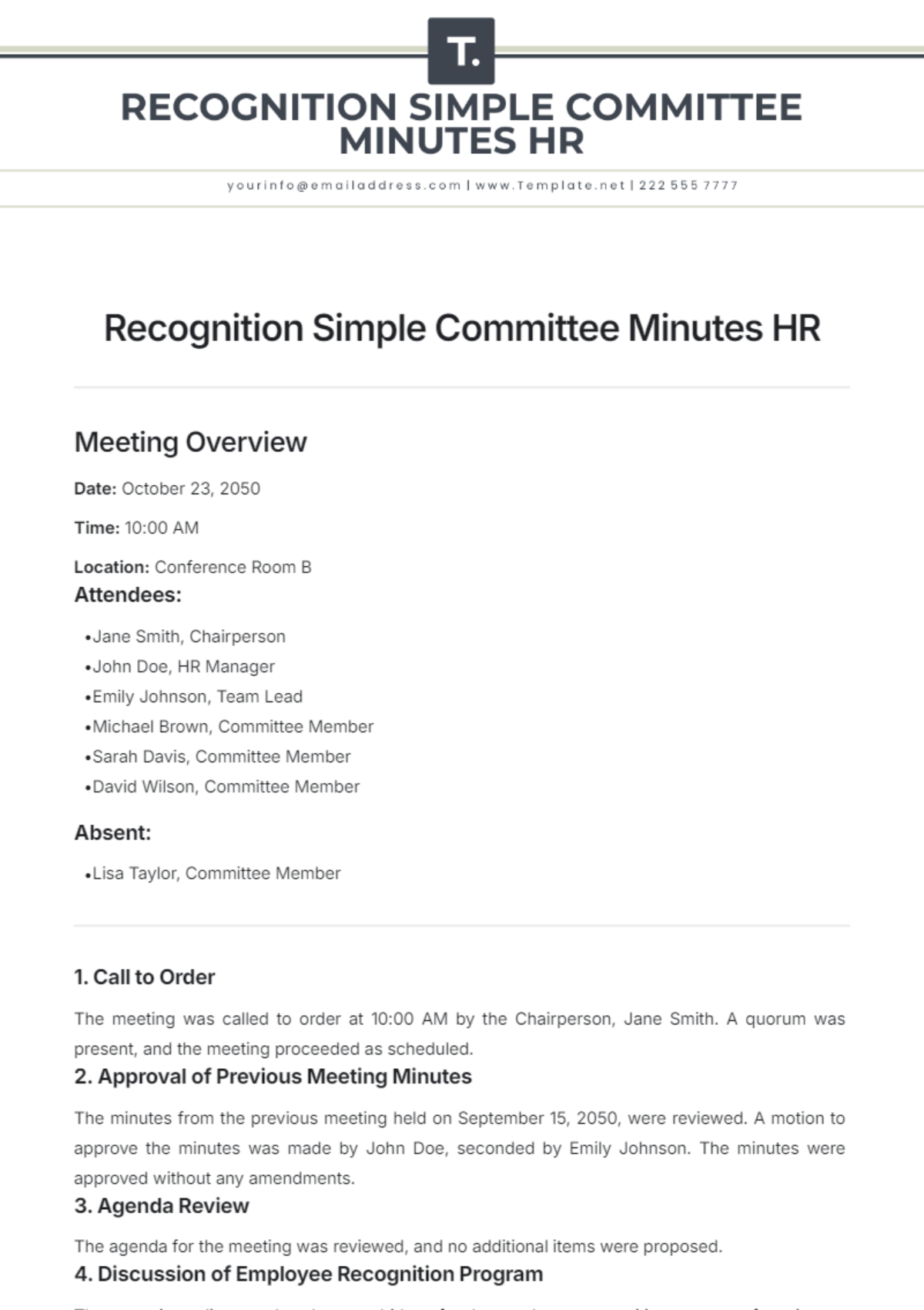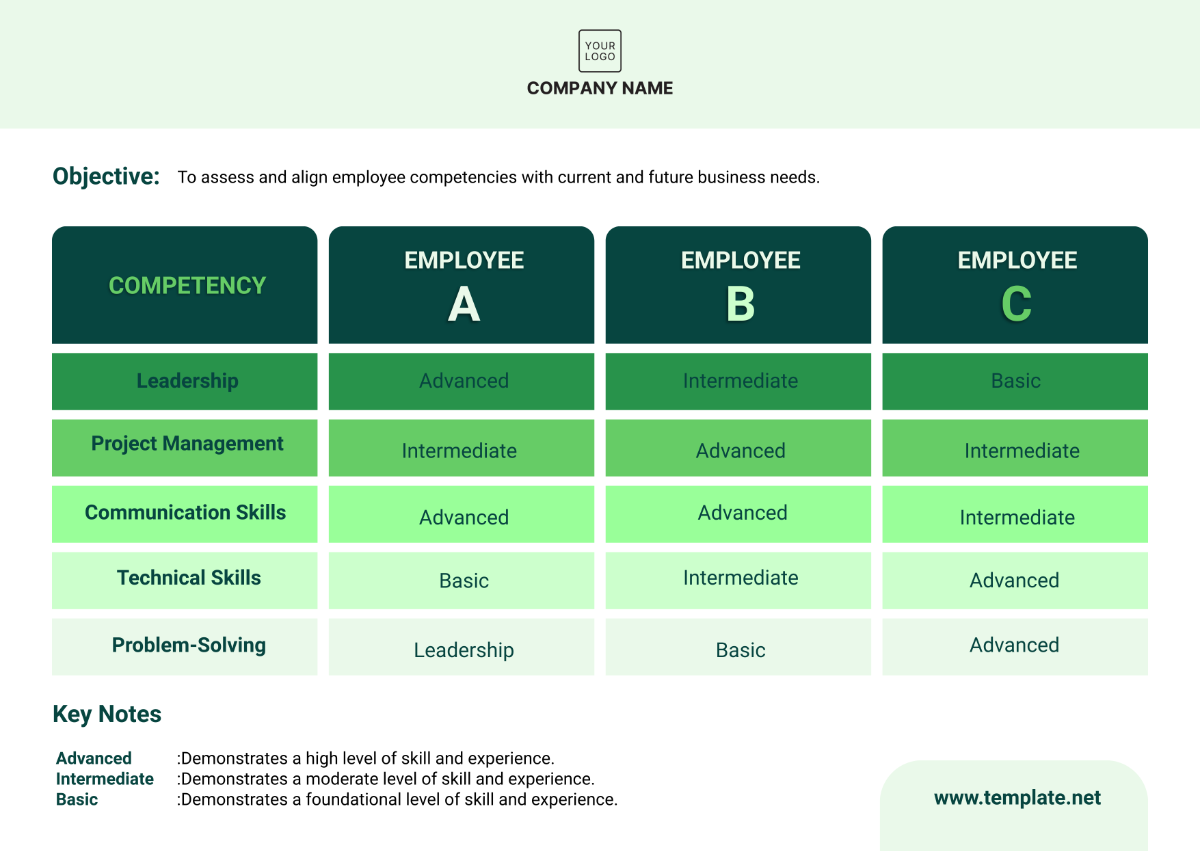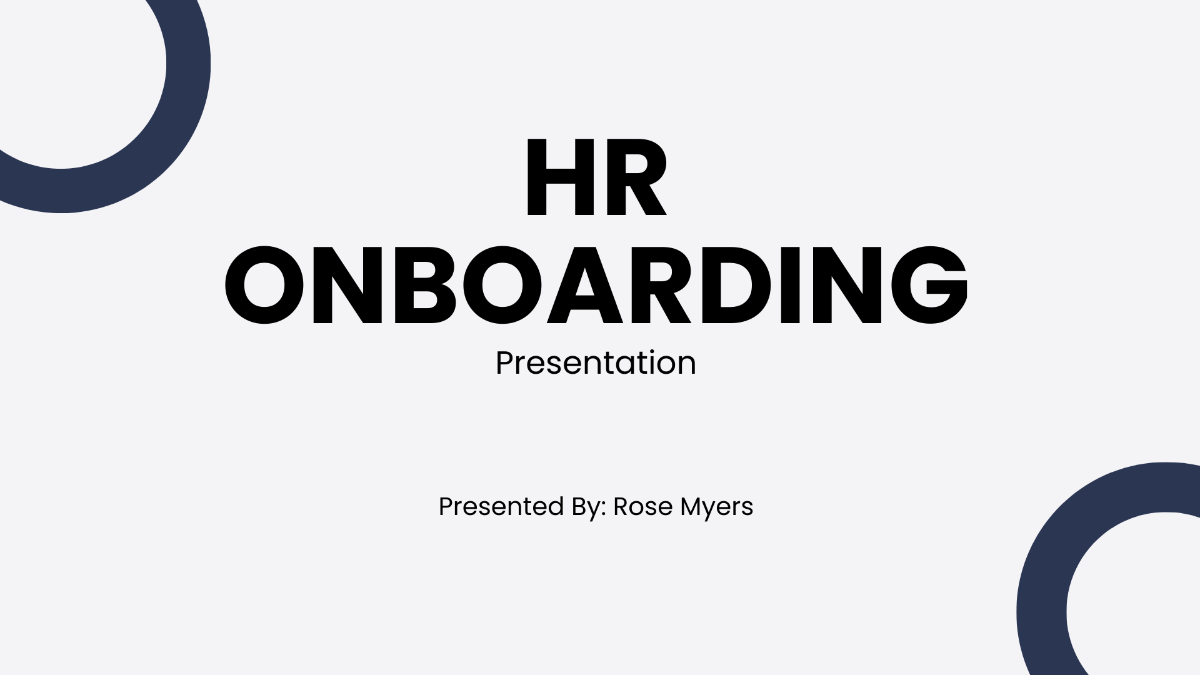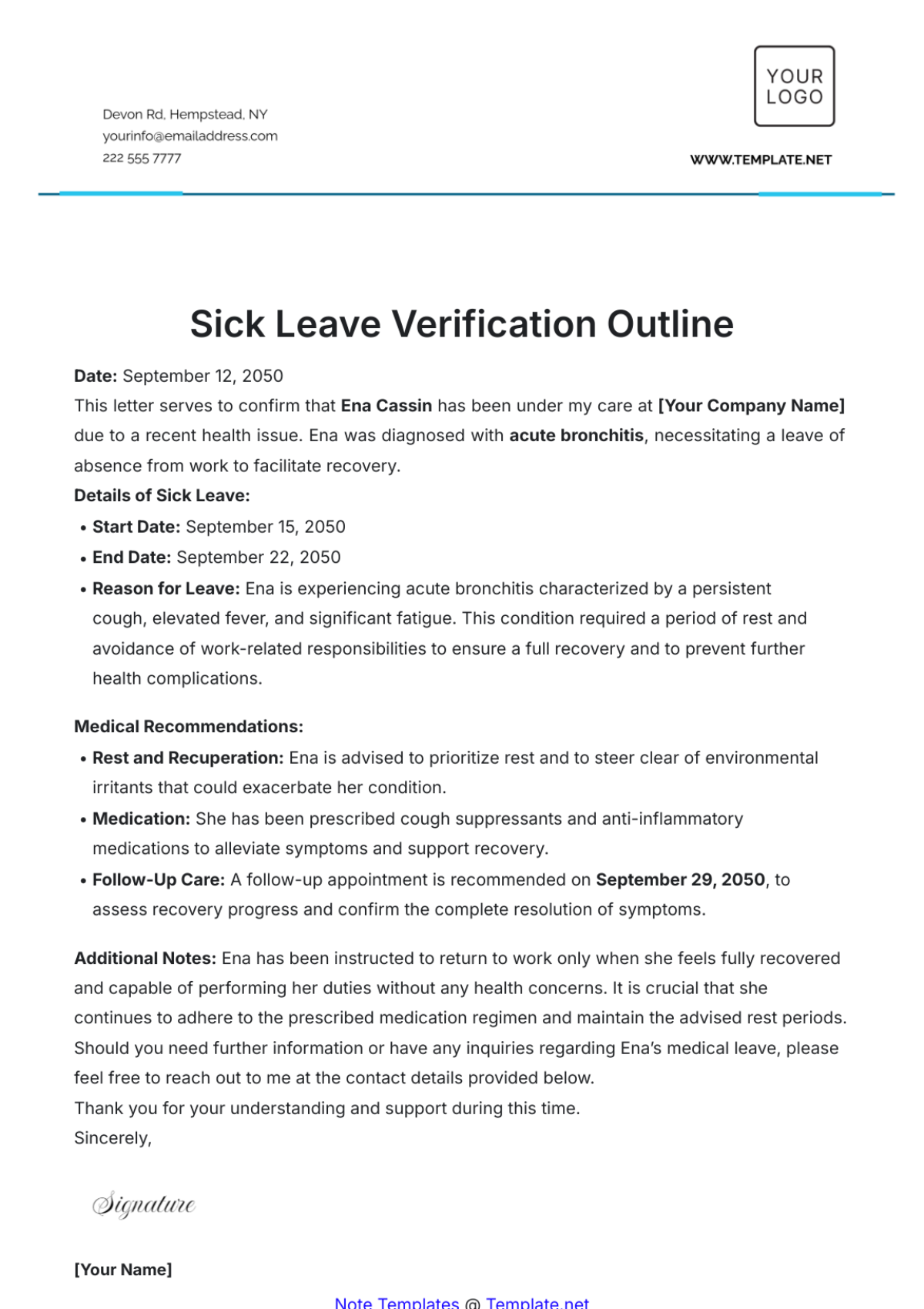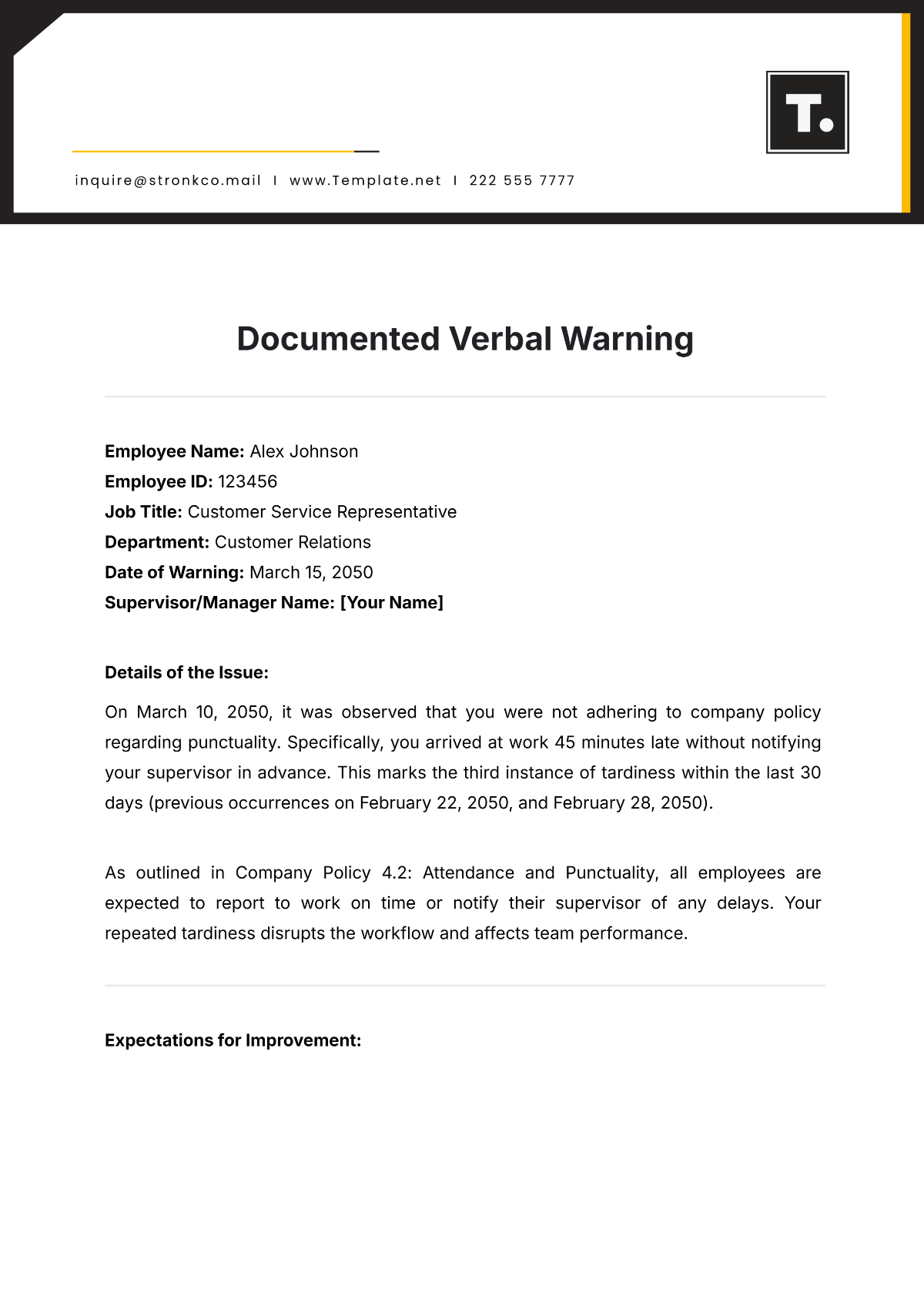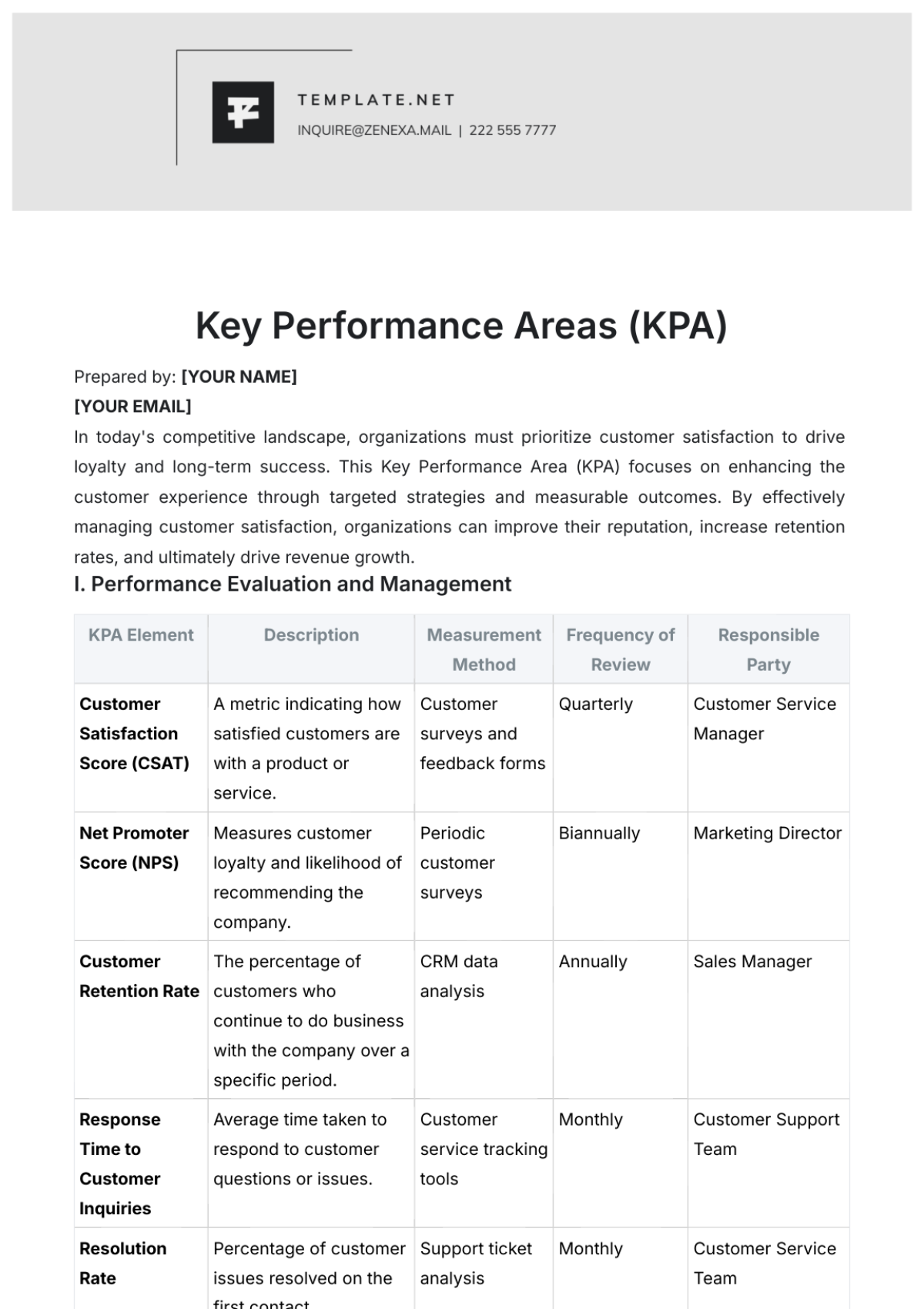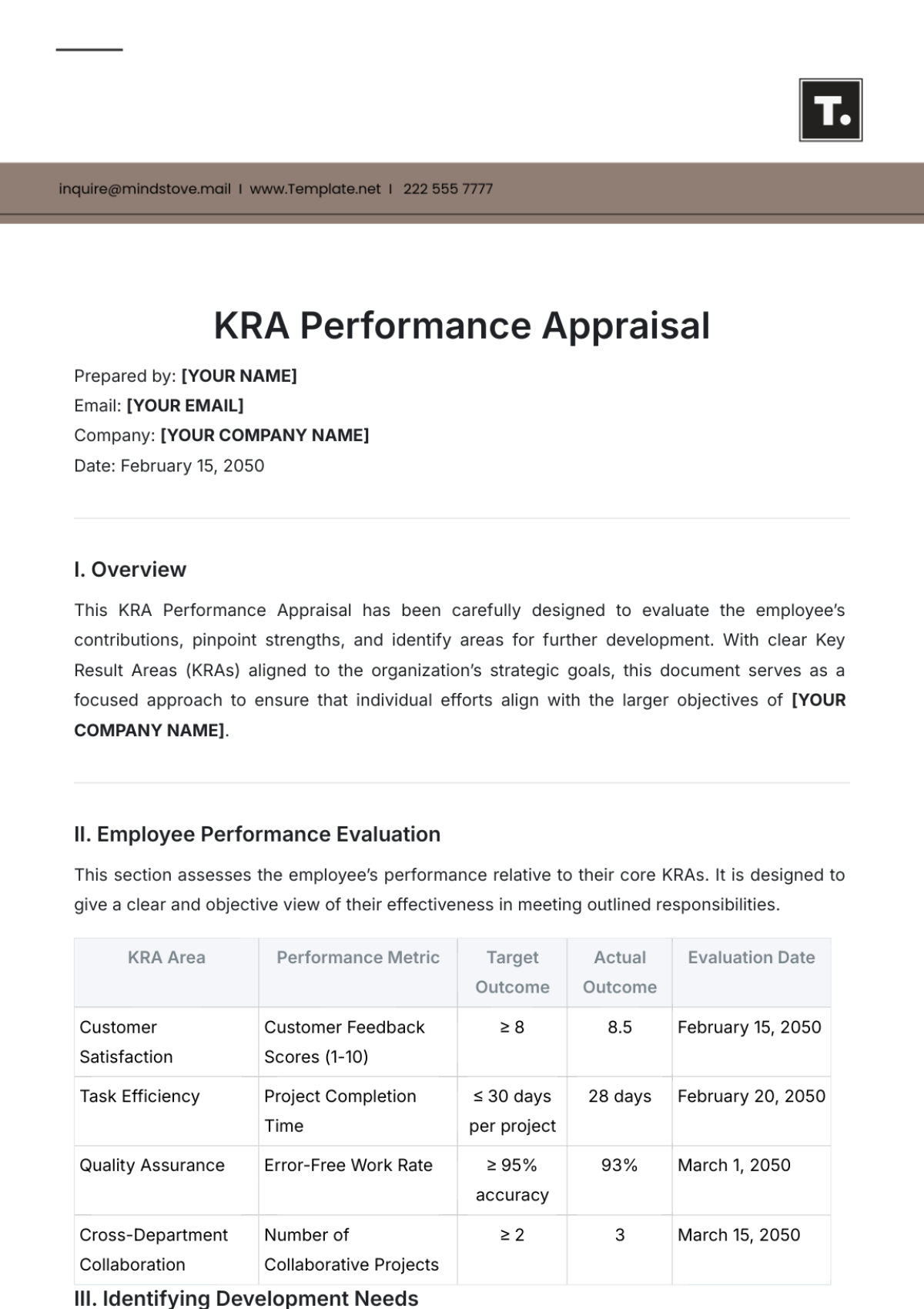Personal Protective Equipment (PPE) User Guide
I. Introduction
A. Purpose Of This Guide
This comprehensive guide has been meticulously crafted to empower you with the knowledge and skills necessary to navigate the potential hazards of your work environment effectively. PPE is your armor against an array of workplace dangers, ranging from flying debris to harmful chemicals, and even unseen threats like respiratory irritants. This guide is your key to unlocking the full potential of PPE, ensuring your protection and well-being on the job.
B. Responsibilities
In our collective commitment to safety, we all play crucial roles:
Employers
It is your employer's responsibility to provide you with the right PPE, furnish proper training, and enforce its use when required. Your employer's dedication to your well-being begins here.
Employees
As a responsible employee, your role is to use PPE as instructed, engage in training sessions, and promptly report any defects or concerns. Your active participation ensures a safer workplace for all.
II. PPE Selection
A. Hazard Assessment
Begin by conducting a thorough hazard assessment of your work environment. Identify potential risks and dangers that could harm you or your colleagues.
Take note of chemical, physical, biological, radiological, or electrical hazards.
Consider environmental factors such as temperature extremes, noise, and low visibility conditions.
Consult with safety professionals, supervisors, or colleagues who have experience with the specific hazards in your workplace. Their insights can be invaluable in identifying risks that might not be immediately apparent.
B. Types Of PPE
Eye And Face Protection
This includes safety glasses, goggles, and face shields, which safeguard your eyes and face from flying objects, chemical splashes, or harmful radiations.
Respiratory Protection
Respirators are vital when dealing with airborne hazards. Ensure you know the specific type of respirator required for your tasks and the level of protection it provides.
Hand Protection
Gloves come in various materials and designs. Select gloves suited for the task and the type of chemicals or substances you'll encounter.
Head Protection
Helmets or hard hats are indispensable in areas with overhead hazards or falling objects.
Hearing Protection
Earplugs and earmuffs are used to reduce the risk of hearing damage in noisy environments.
Foot And Leg Protection
Choose appropriate footwear that offers protection against slips, falls, electrical hazards, and impacts.
Body Protection
Coveralls, aprons, or chemical-resistant clothing provide comprehensive coverage in hazardous environments.
Fall Protection
For tasks at heights, fall arrest systems and harnesses are crucial to prevent serious injuries.
C. Choosing The Right PPE
Selecting the appropriate PPE is pivotal to your safety. Ensure you follow these guidelines:
Perform a detailed assessment of the hazards you'll encounter during your tasks.
Match the identified hazards to the corresponding PPE types. For instance, if there's a risk of chemical splashes, eye protection and chemical-resistant gloves may be necessary.
Ensure compatibility between different PPE items. For example, if you wear a respirator, make sure it doesn't interfere with your eye protection.
Always consult the manufacturer's recommendations and specifications for each PPE item you use.
Familiarize yourself with relevant regulatory requirements. Some jobs may have specific PPE standards that must be followed.
Don't hesitate to seek guidance from safety experts or your supervisor if you're uncertain about which PPE to use.
III. Proper Fit
Here are some key considerations for ensuring the proper fit of your PPE:
Head Protection (Helmets/Hard Hats)
Ensure the helmet or hard hat sits comfortably and securely on your head.
Adjust the suspension system to snugly fit your head's contours.
Verify that it covers your entire head and provides adequate clearance between the shell and your head.
Eye And Face Protection (Glasses, Goggles, Face Shields)
Adjust the straps or temple arms so that eyewear rests snugly but not too tightly on your face.
Make sure there is no gapping between the eyewear and your skin.
Eyewear should not obstruct your vision or slide down your nose during use.
Respiratory Protection (Respirators And Masks)
Perform fit tests as required by your organization or regulations.
Check that the respirator creates a secure seal against your face, without gaps.
Straps should be adjusted to achieve a snug yet comfortable fit.
Facial hair may interfere with the seal, so follow guidelines for facial hair and respirator use.
Hand Protection (Gloves)
Select gloves that fit your hand size and the specific task.
Ensure gloves are snug but allow for finger movement and dexterity.
Check for any bunching or excess material that could impair your grip or tactile sensitivity.
Hearing Protection (Earplugs, Earmuffs)
Earplugs should be inserted fully into the ear canal to create a proper seal.
Earmuffs should completely cover your ears, with cushions sealing around them.
Adjust headbands to maintain a secure and comfortable fit.
Foot And Leg Protection (Footwear)
Choose footwear that fits your foot size and shape.
Lace or fasten your shoes securely to prevent tripping or slipping.
Ensure there is enough room for your toes and that the shoe or boot provides ample support.
Body Protection (Coveralls, Aprons, Chemical-Resistant Clothing)
Select clothing that allows for ease of movement without excessive bulk.
Check for proper sizing to avoid loose or tight-fitting garments.
Ensure complete coverage in hazardous environments.
IV. Maintenance And Inspection
Regular Inspection
Prioritize regular inspections as a fundamental part of PPE safety.
Conduct visual checks before each use to identify any abnormalities or signs of wear.
Pay close attention to seams, straps, buckles, and other critical components.
Ensure that fasteners and closures are fully engaged and functioning correctly.
If any defects or damage are detected, immediately report them to your supervisor and refrain from using the compromised PPE.
Cleaning Procedures
Adhere to the manufacturer's guidelines for cleaning your PPE.
Utilize appropriate cleaning agents and techniques specified for the type of PPE you are cleaning.
Allow PPE to thoroughly dry before returning it to service, as moisture can compromise its effectiveness.
Do not use abrasive materials or harsh chemicals that could degrade the integrity of the PPE.
Storage Guidelines
Maintain a designated storage area for your PPE to prevent exposure to environmental factors.
Shield PPE from direct sunlight, extreme temperatures, and contact with corrosive substances.
Promote adequate ventilation in the storage area to prevent moisture buildup, which can lead to mold or degradation of materials.
V. Regulatory Compliance
A. Relevant Regulations And Standards
Familiarize yourself with and adhere to all relevant local, state, and federal workplace safety regulations and standards applicable to your specific industry or work environment.
Ensure that your PPE complies with these regulations and standards to guarantee maximum protection.
Stay informed about updates and changes in safety regulations, and adjust your PPE usage accordingly.
Regularly review and assess your organization's safety policies and procedures to ensure continuous compliance.
Seek guidance from your safety officer or compliance department for any regulatory or standard-related concerns.
Consider joining industry-specific safety associations or organizations that provide valuable insights and resources to ensure ongoing compliance with the latest safety standards and best practices.
VI. Emergency Procedures
In the event of an emergency or PPE failure, your safety is paramount. Follow these procedures diligently:
A. Response To PPE Failure
Immediate Action | If you suspect PPE failure or compromise, cease all work and activities in the hazardous area immediately. |
Isolate Yourself | Move to a safe location away from the hazard source, ensuring you are out of harm's way. |
Notify Supervisor | Report the PPE failure or compromise to your supervisor or designated safety personnel as soon as possible. |
Assist Others | If safe to do so, help your colleagues evacuate and seek safety. |
B. Evacuation Protocols
Stay Calm | Maintain composure and avoid panic. Clear thinking is crucial during an evacuation. |
Follow Exit Routes | Familiarize yourself with evacuation routes in advance. Use the nearest safe exit. |
Assemble At Designated Point | Proceed to the designated assembly point outside the building or designated safe area. |
Account For All Personnel | Ensure all employees and visitors are accounted for. Report any missing individuals to emergency responders. |
Do Not Re-Enter | Do not re-enter the building or hazardous area until authorities declare it safe to do so. |
C. Medical Attention
Seek Immediate Medical Attention | If you experience injuries, exposure to hazardous materials, or adverse health effects while wearing PPE, seek medical attention promptly. |
Provide Information | Inform healthcare professionals about the materials or substances you were exposed to and the circumstances of the incident. |
Report To Supervisor | Notify your supervisor or safety personnel of any injuries or exposures so that they can investigate and take corrective actions. |
VII. Storage And Disposal
A. Proper PPE Storage
Store PPE in a clean, dry, and well-ventilated area to prevent contamination and degradation.
Follow manufacturer recommendations for storage conditions, including temperature and humidity requirements.
Utilize designated PPE storage racks, cabinets, or hooks to maintain organization and accessibility.
Separate clean and contaminated PPE to avoid cross-contamination.
Ensure that PPE is readily accessible in case of emergencies.
B. Safe PPE Disposal
Dispose of contaminated or expired PPE according to established protocols and local regulations.
Follow specific disposal instructions provided by the manufacturer for disposable items.
Utilize designated waste containers for contaminated PPE, clearly marked as such.
Consider recycling options for materials that can be recycled, such as certain types of gloves and safety glasses.
Follow your organization's waste management procedures, ensuring that PPE waste is properly segregated from regular waste streams.
Educate yourself about any hazardous materials that may be present on your PPE, especially in healthcare or chemical-related settings, and ensure proper disposal practices are followed.
If you are uncertain about disposal procedures, consult with your supervisor or a safety professional for guidance.

